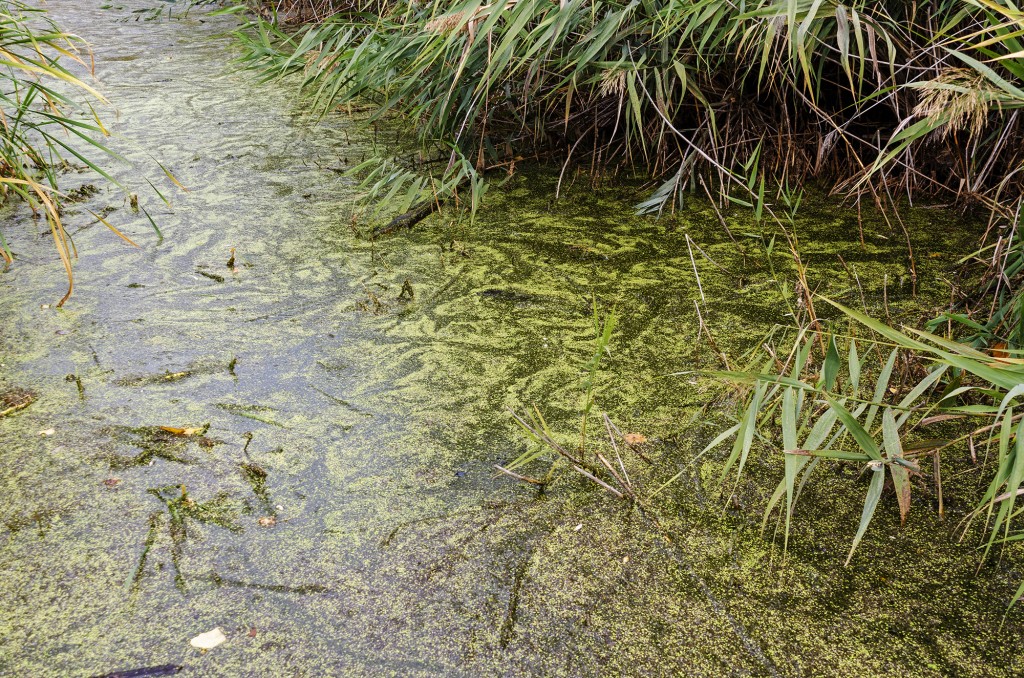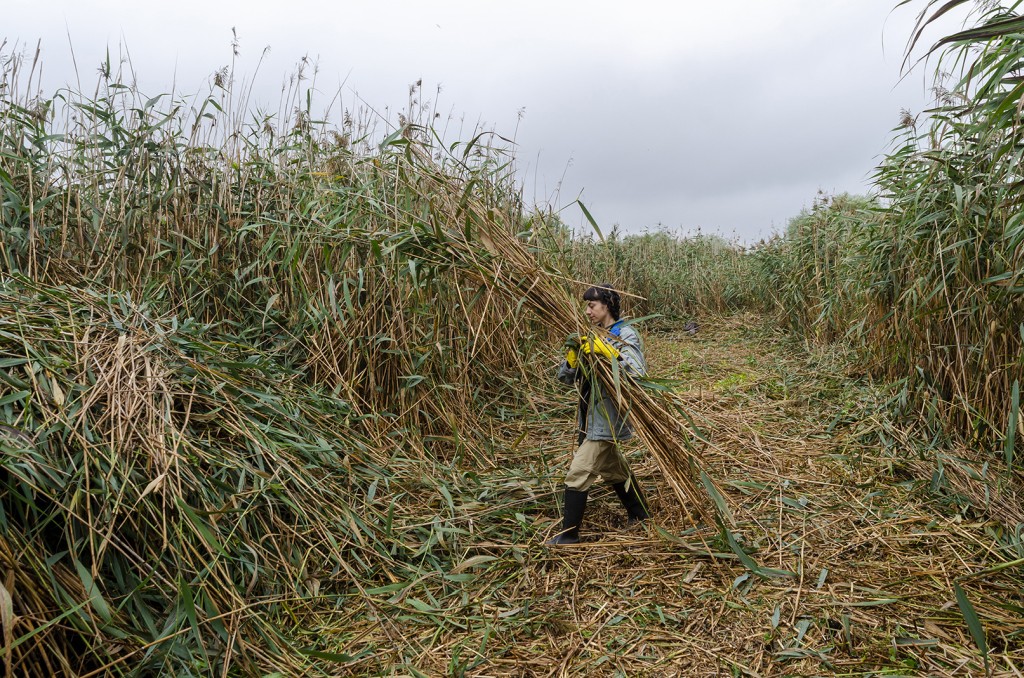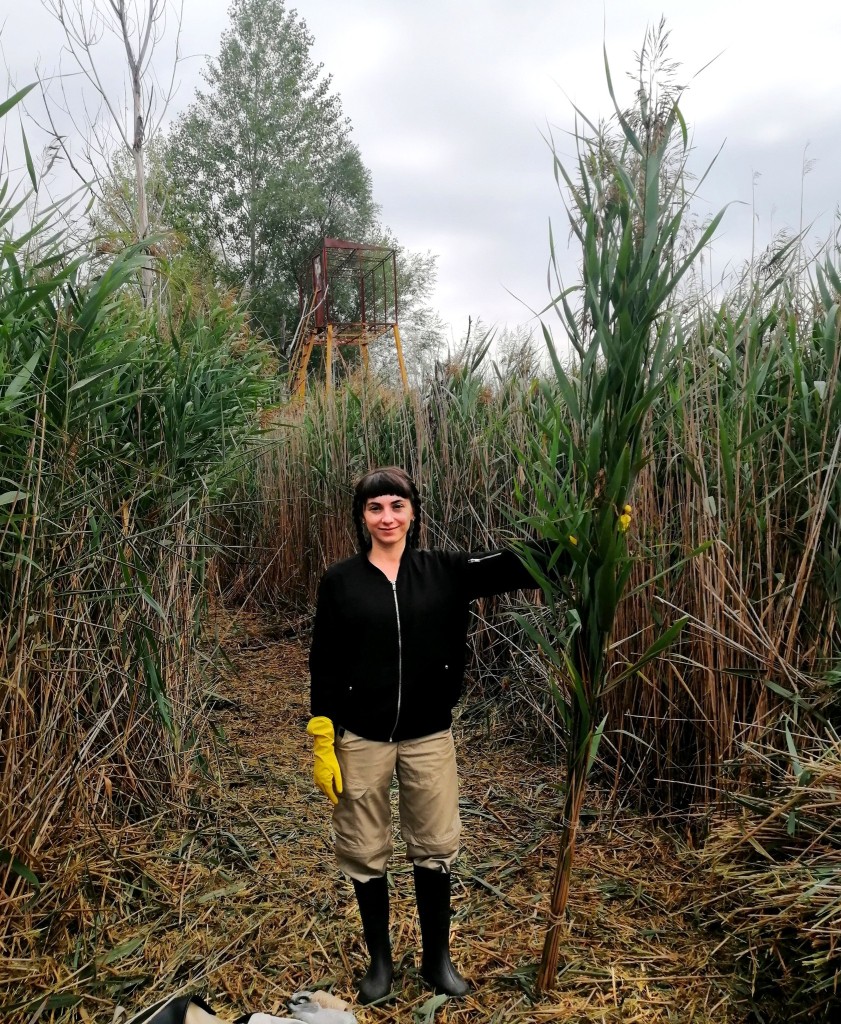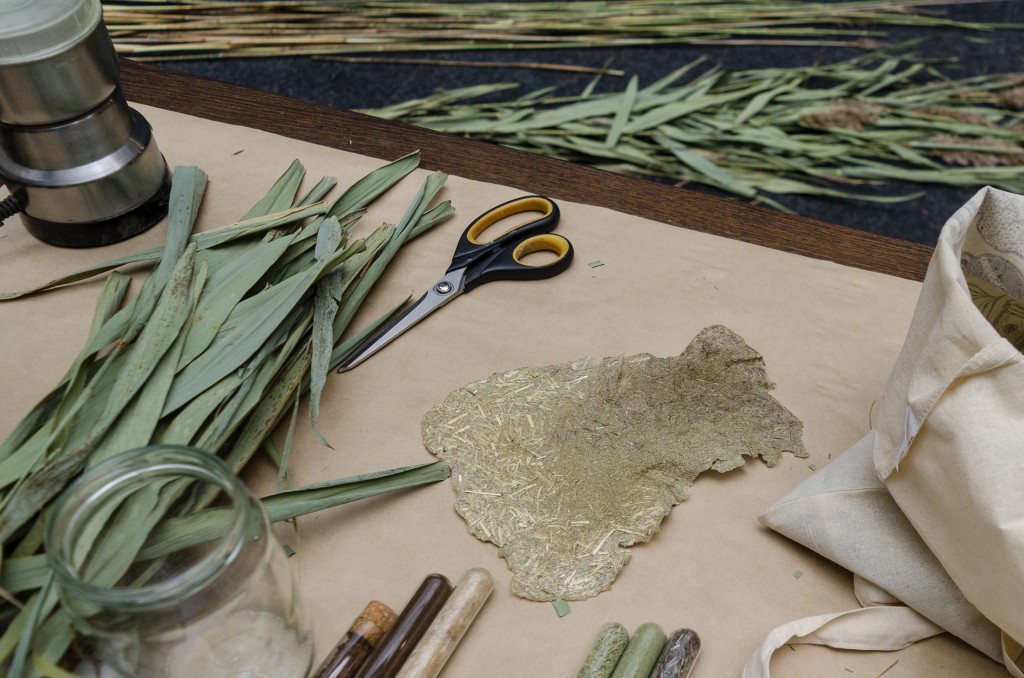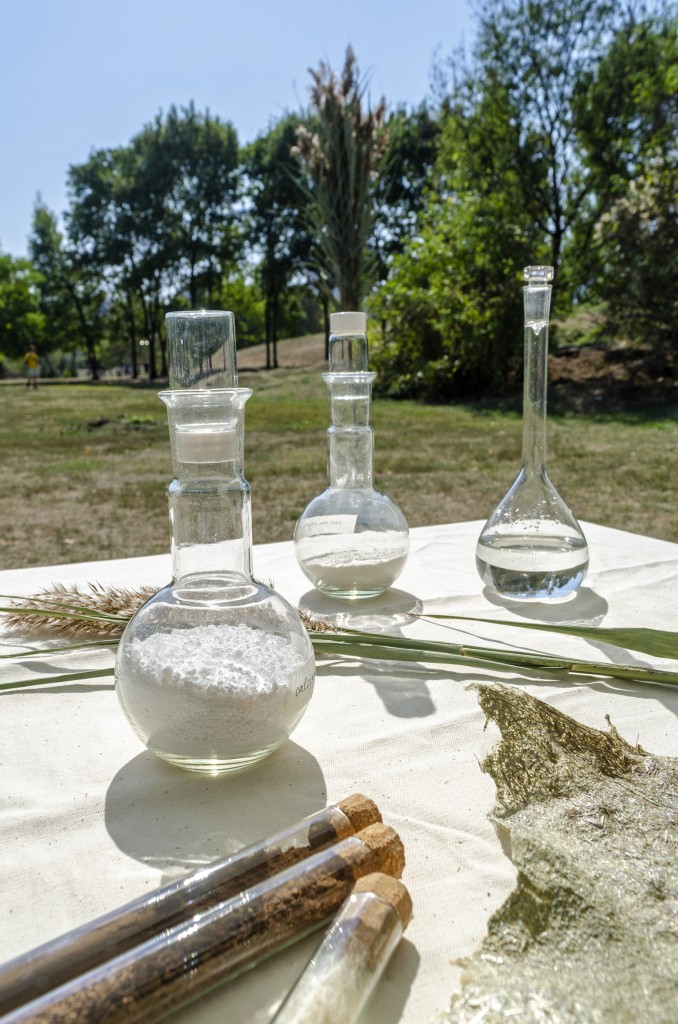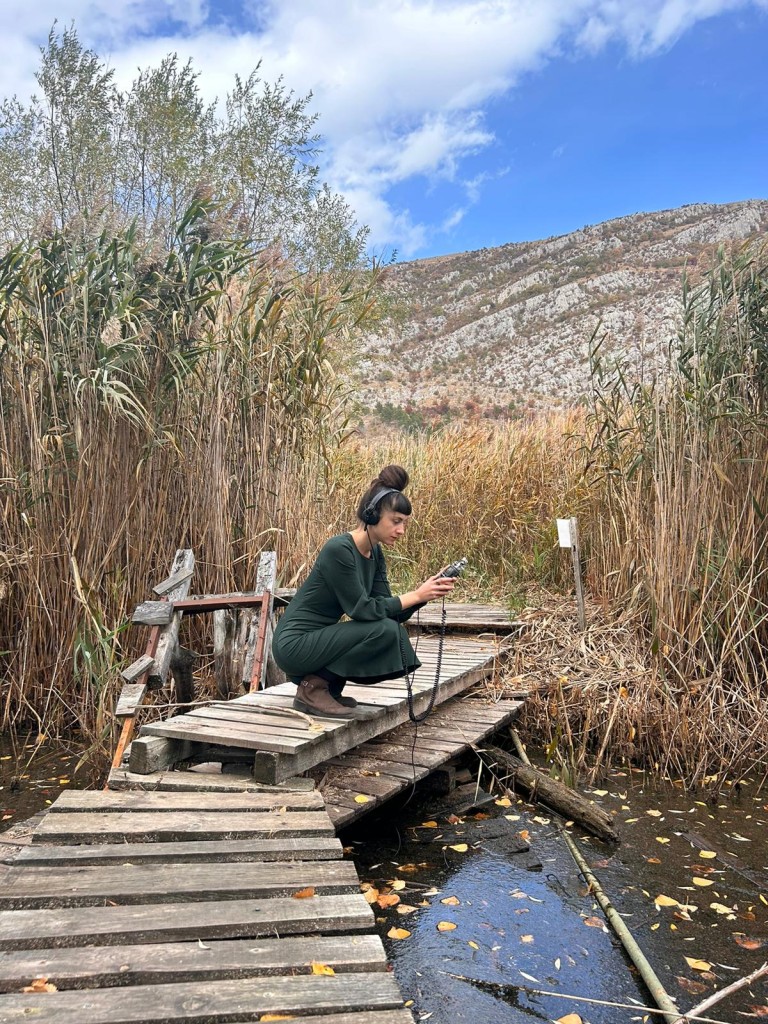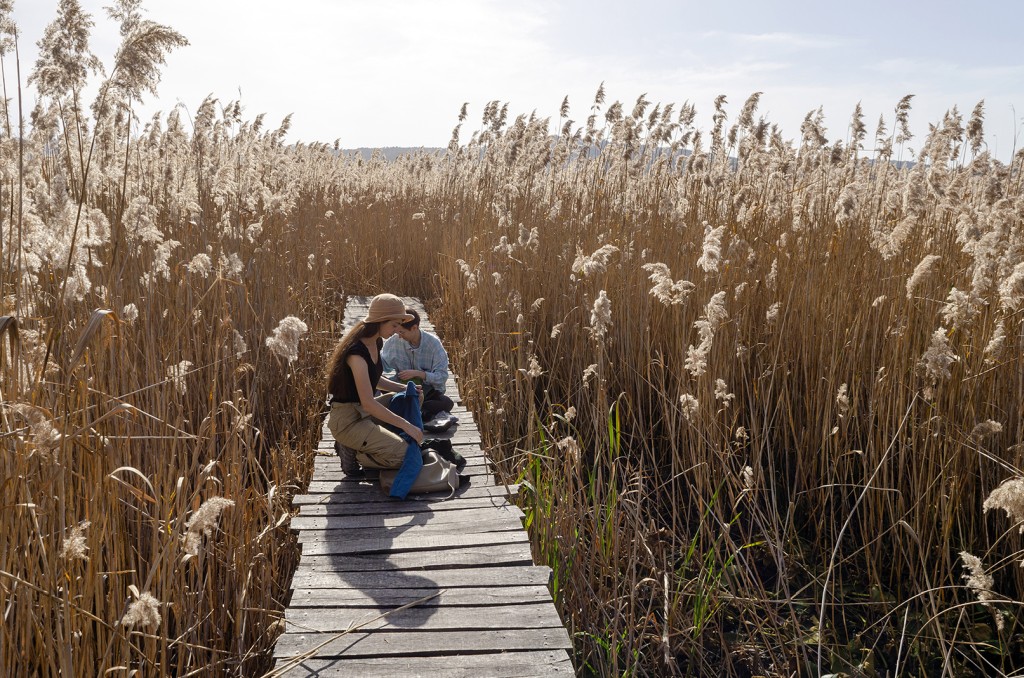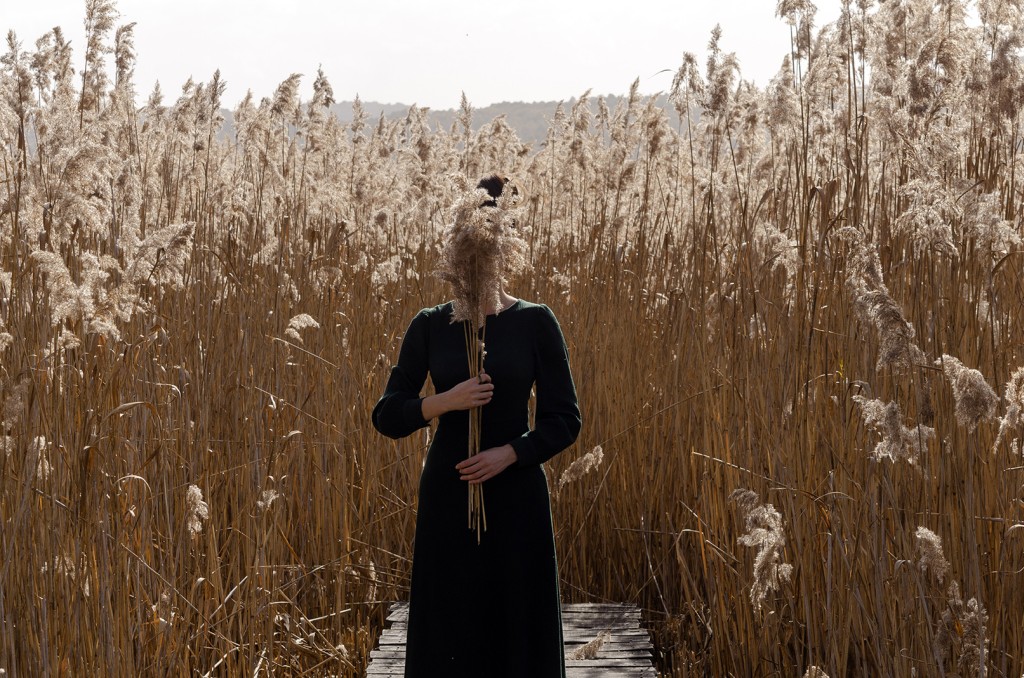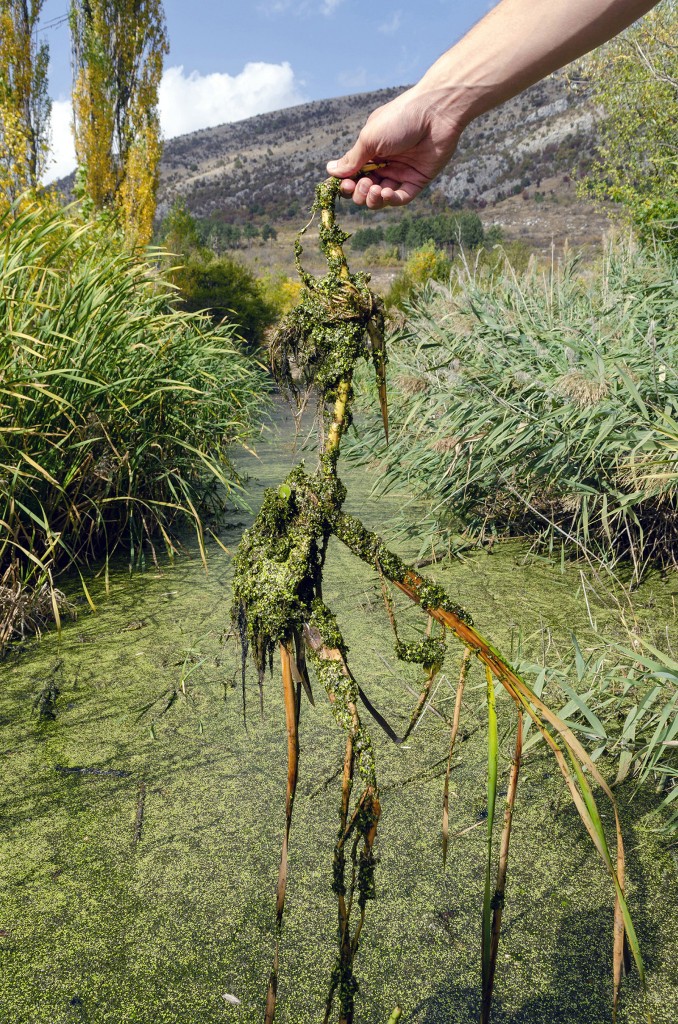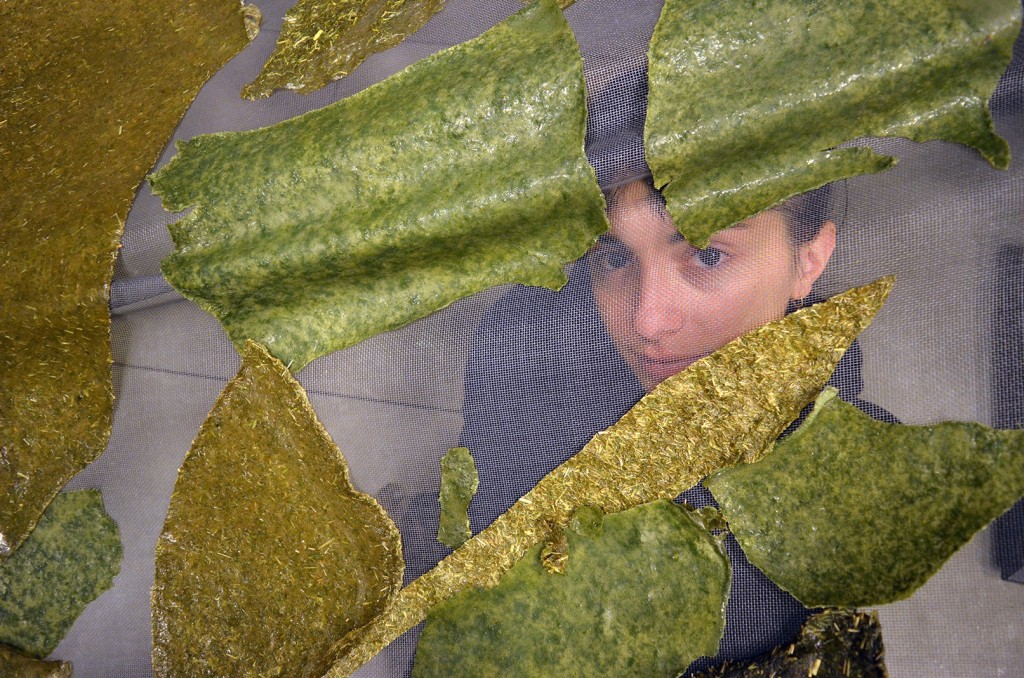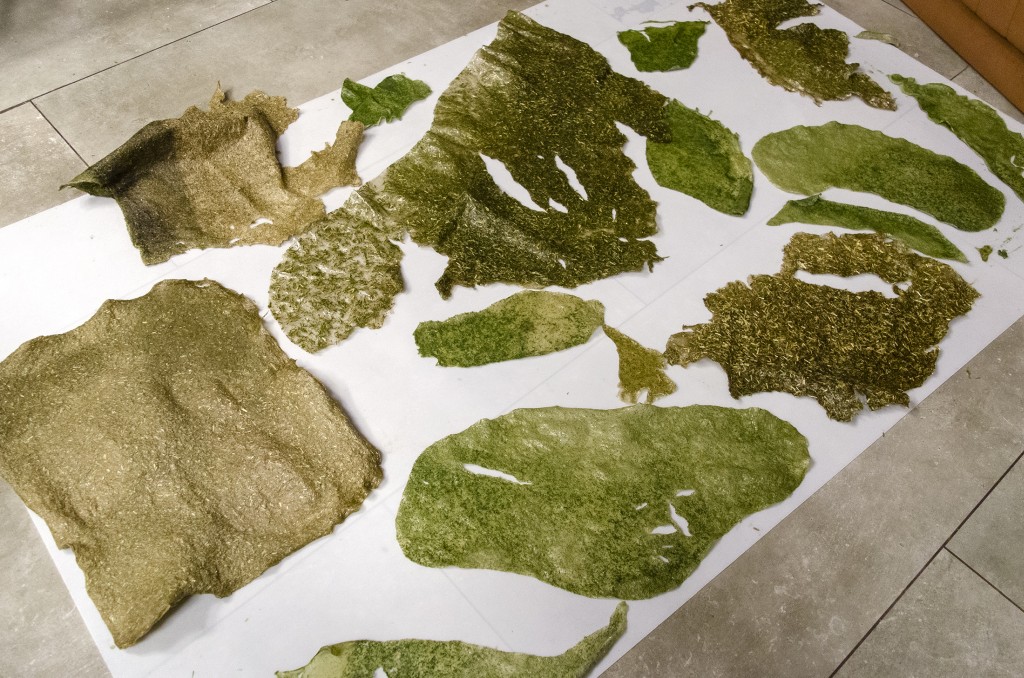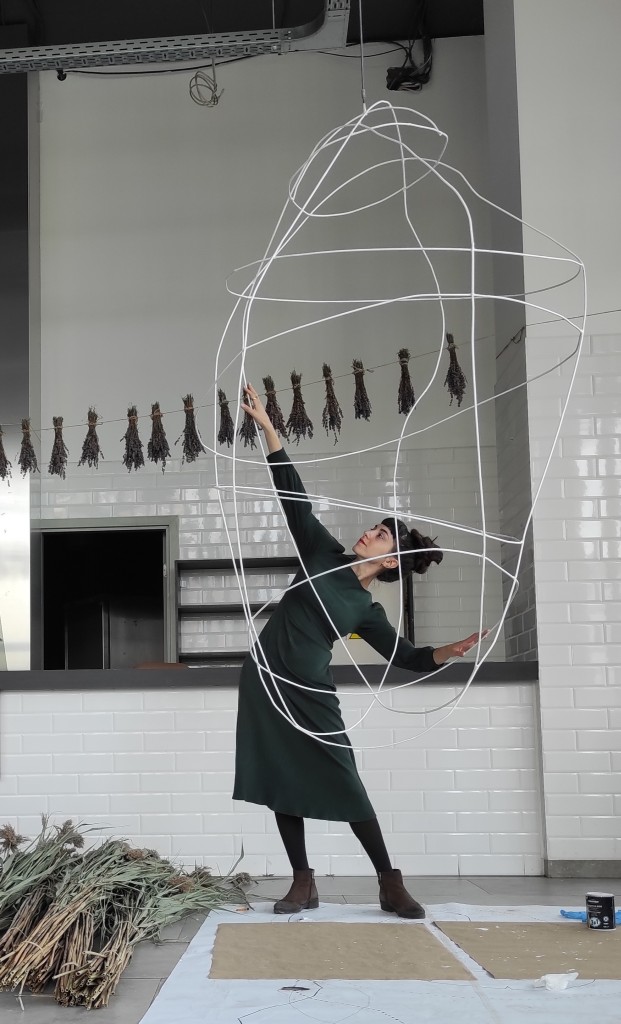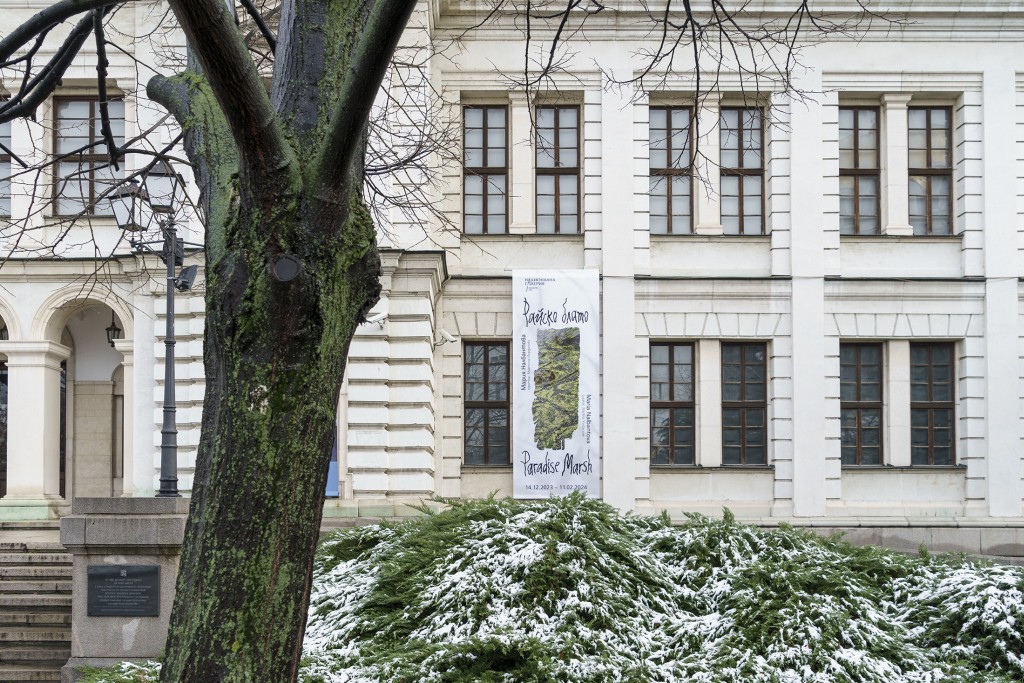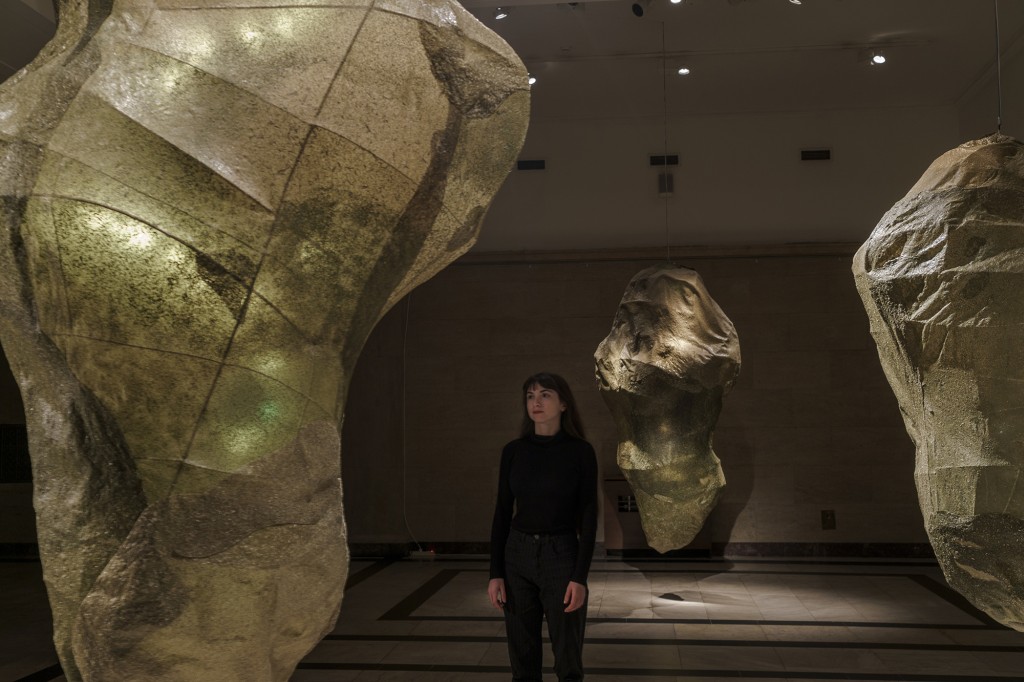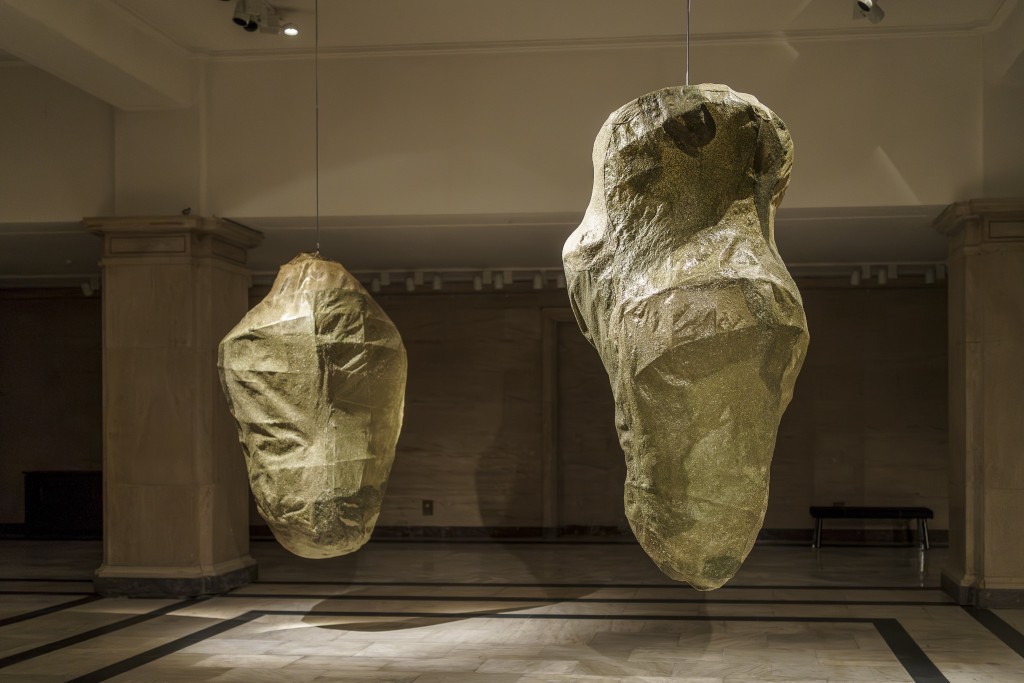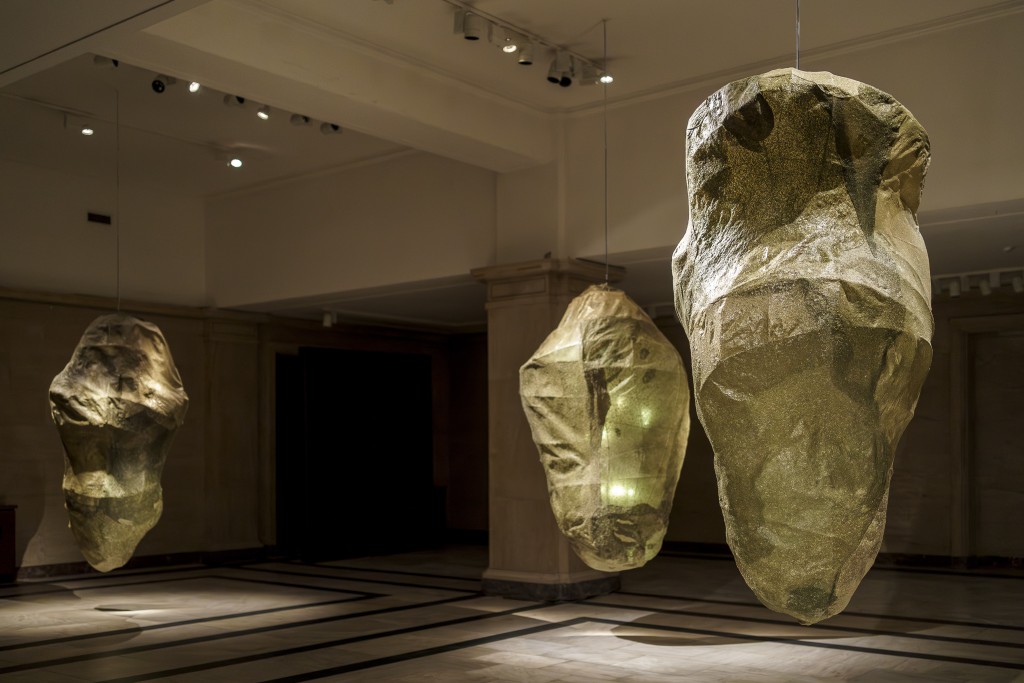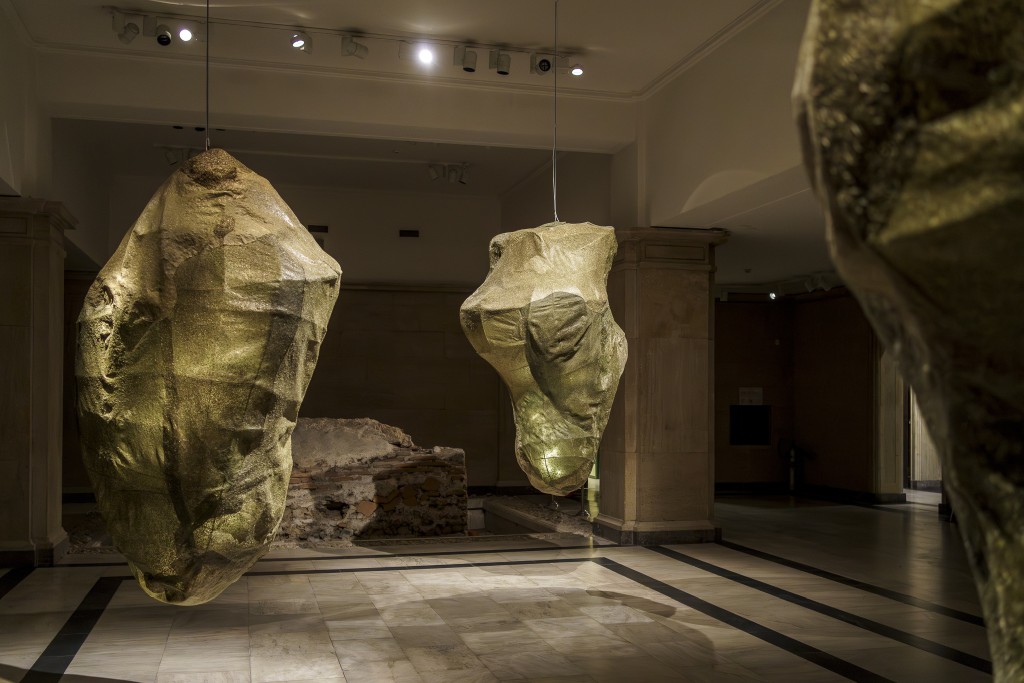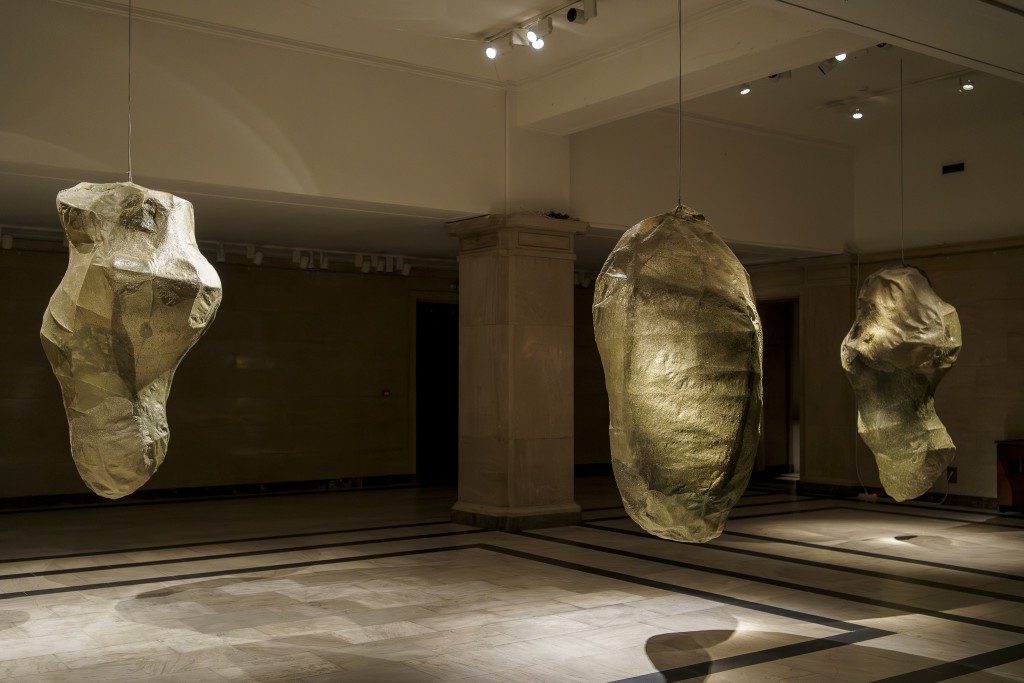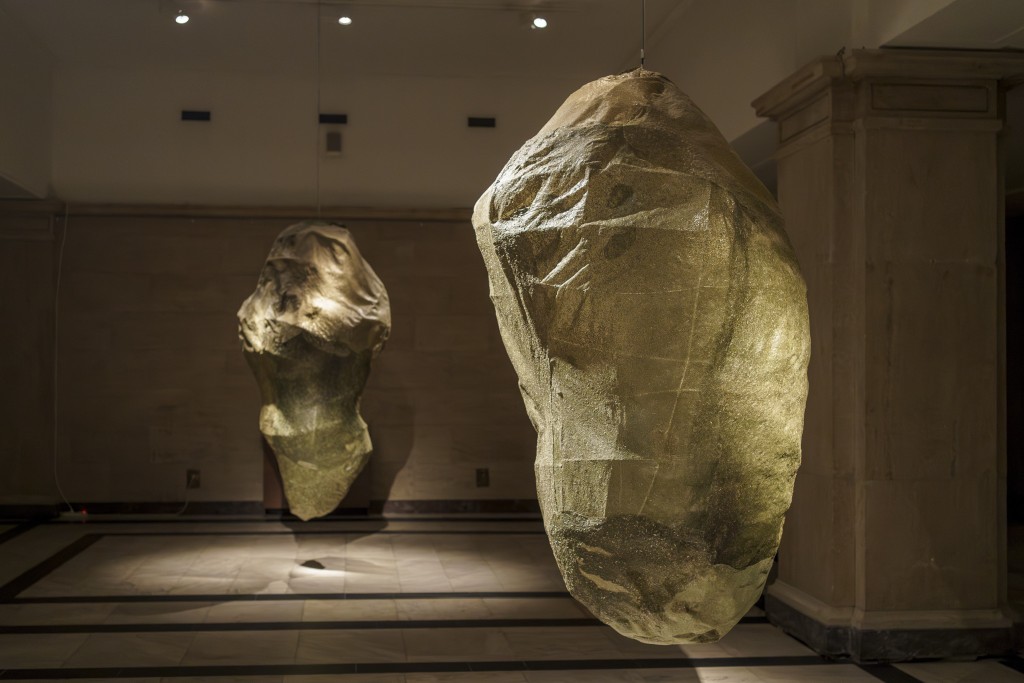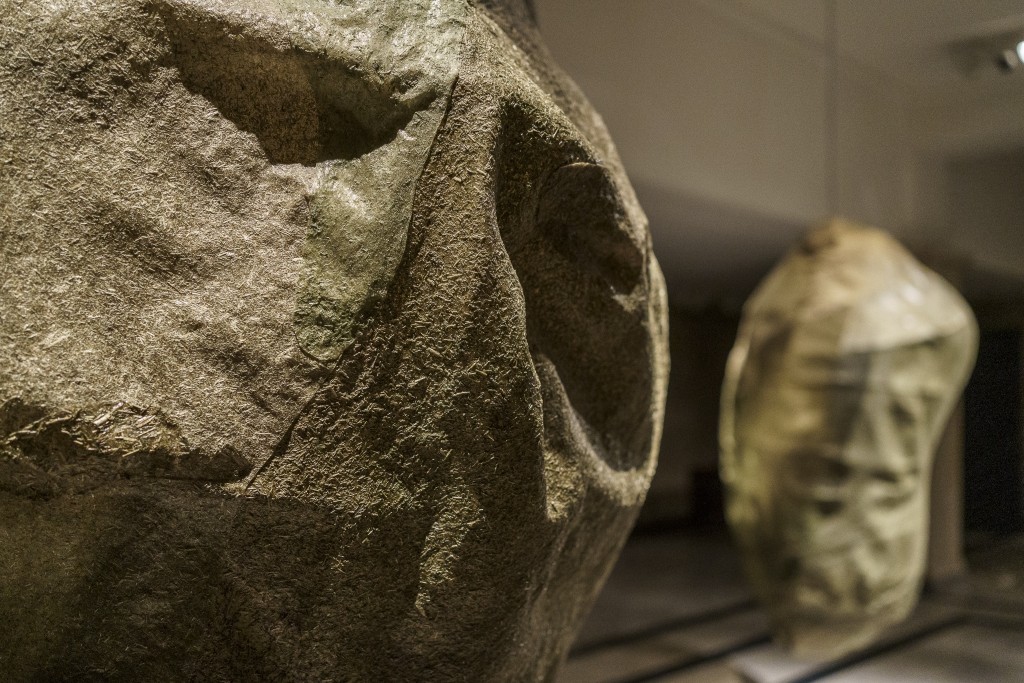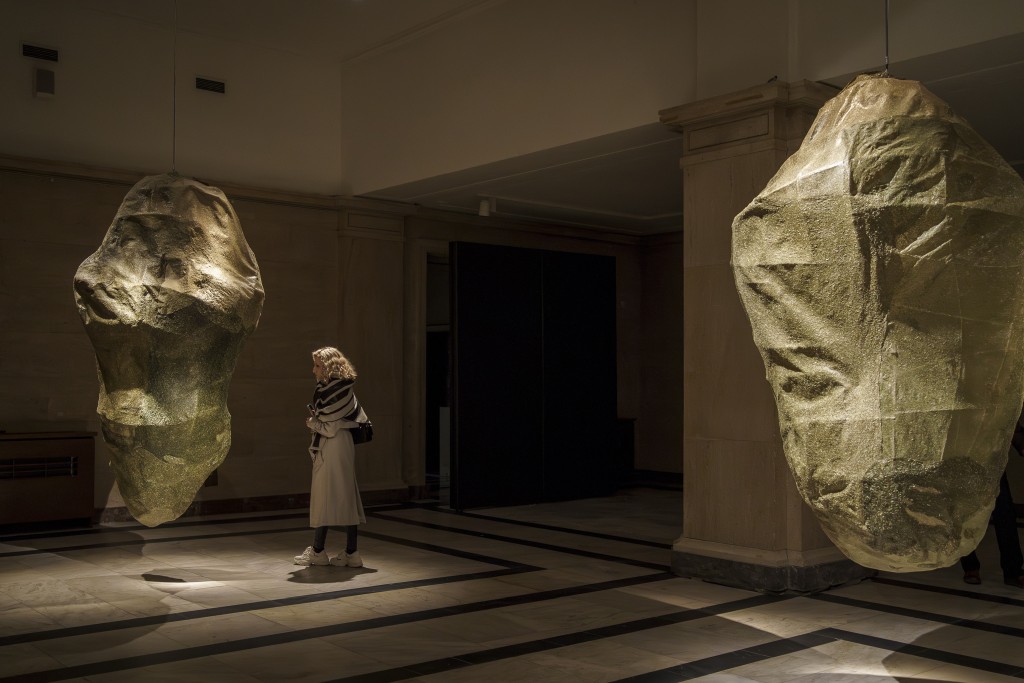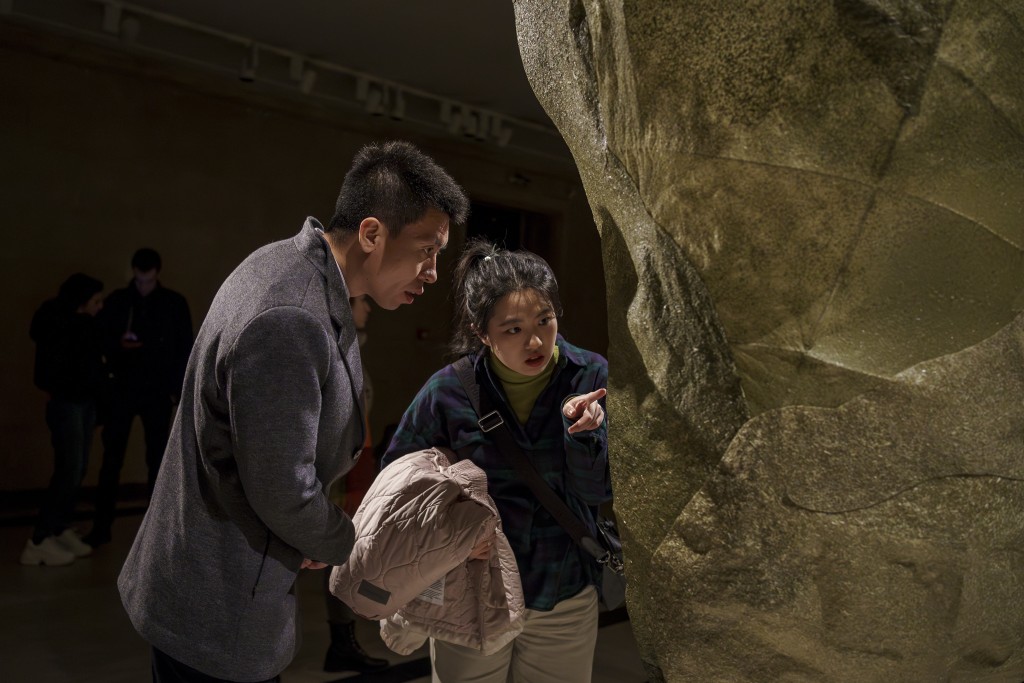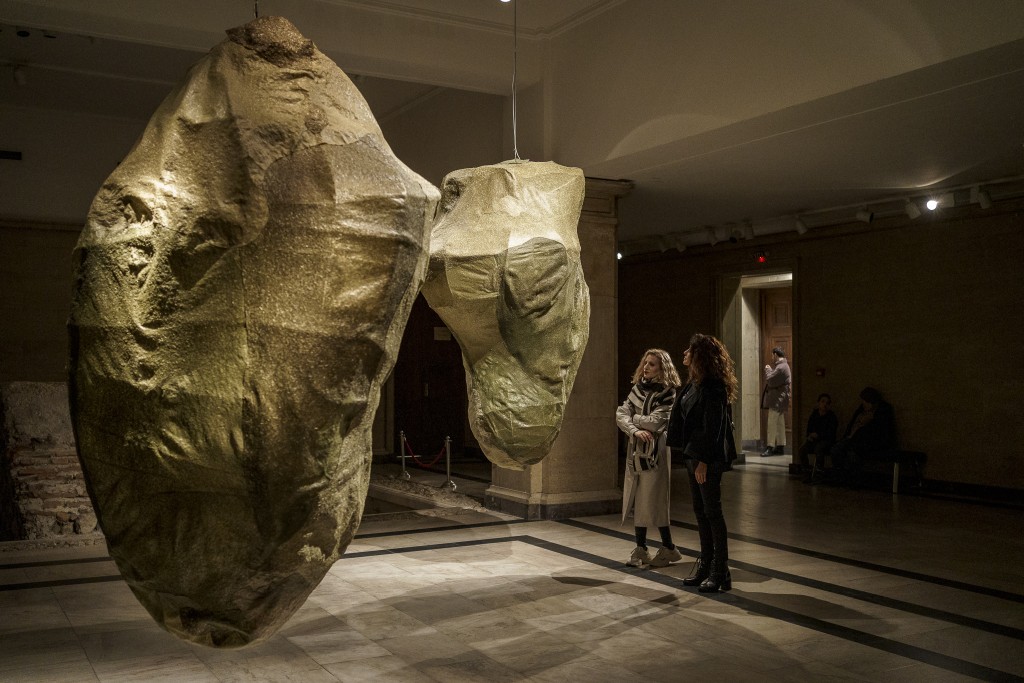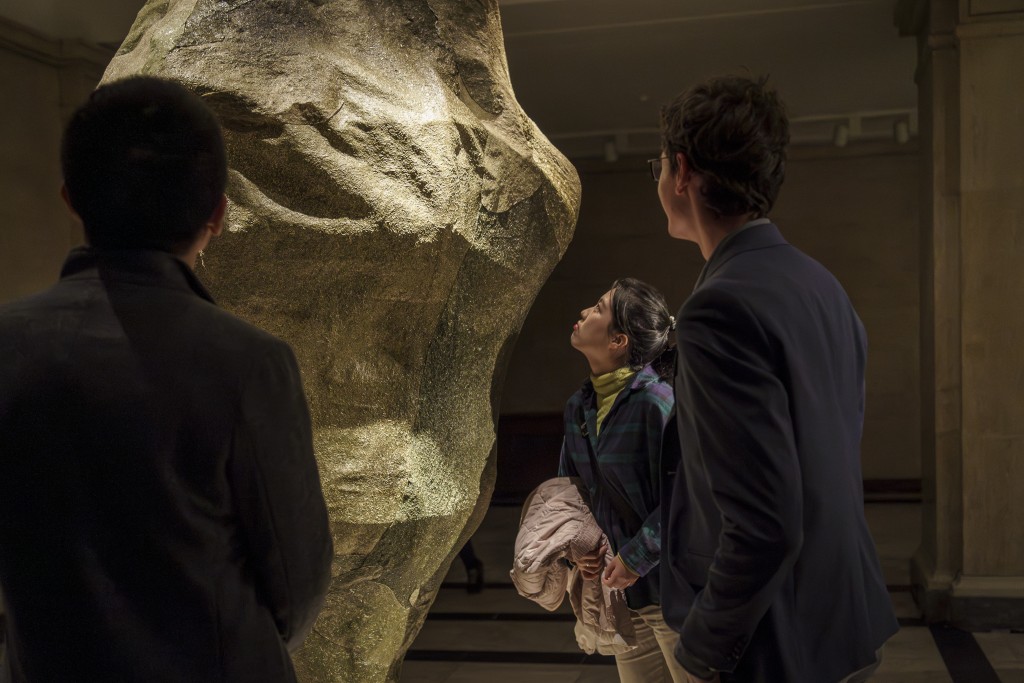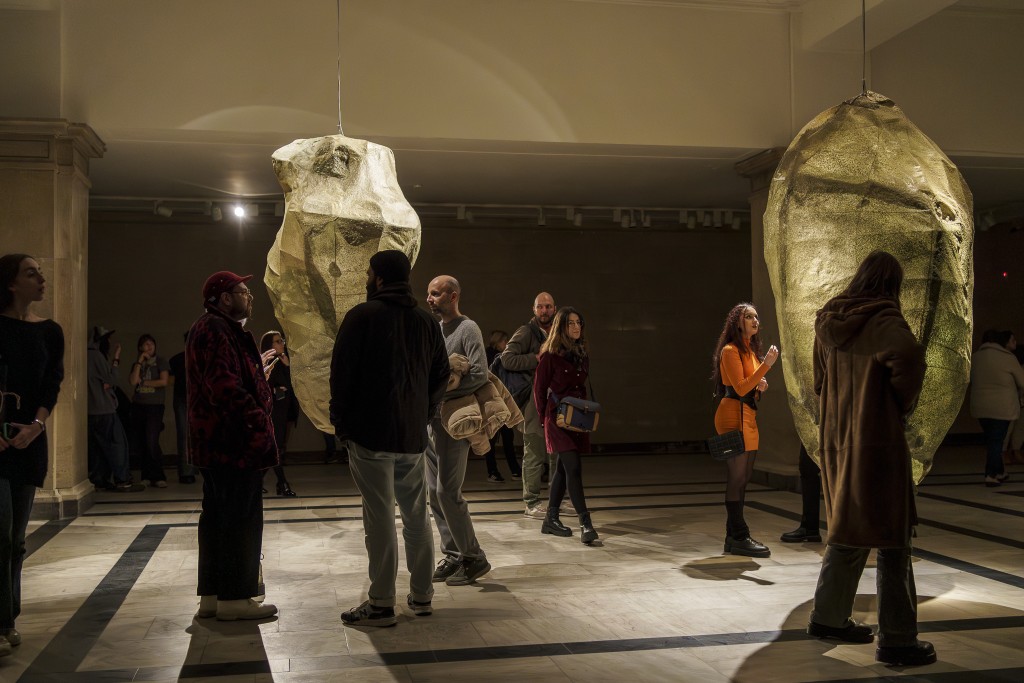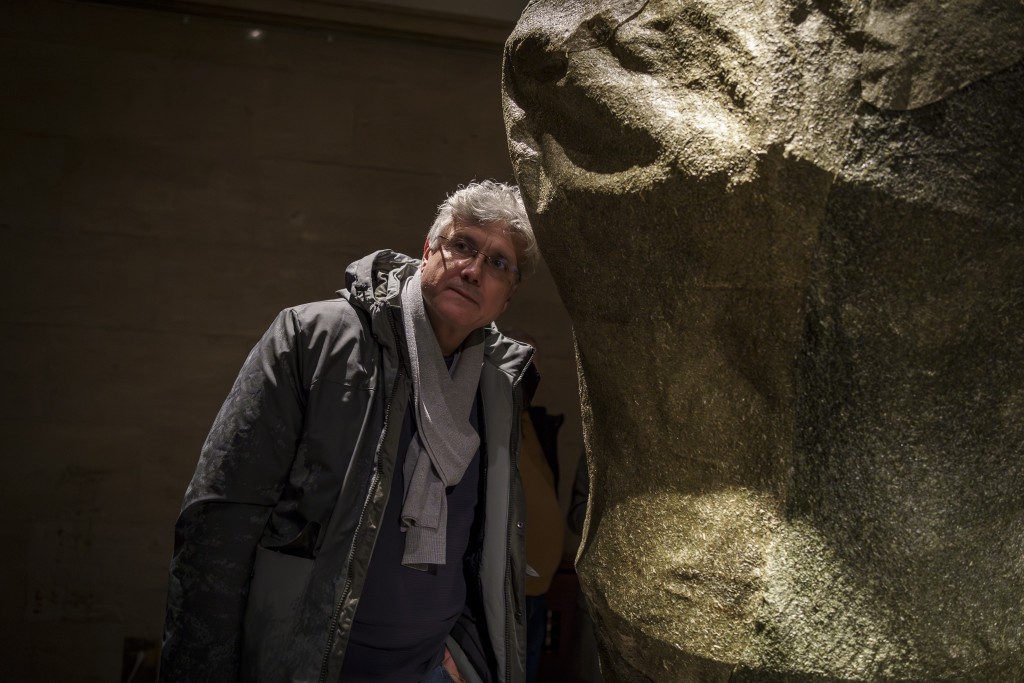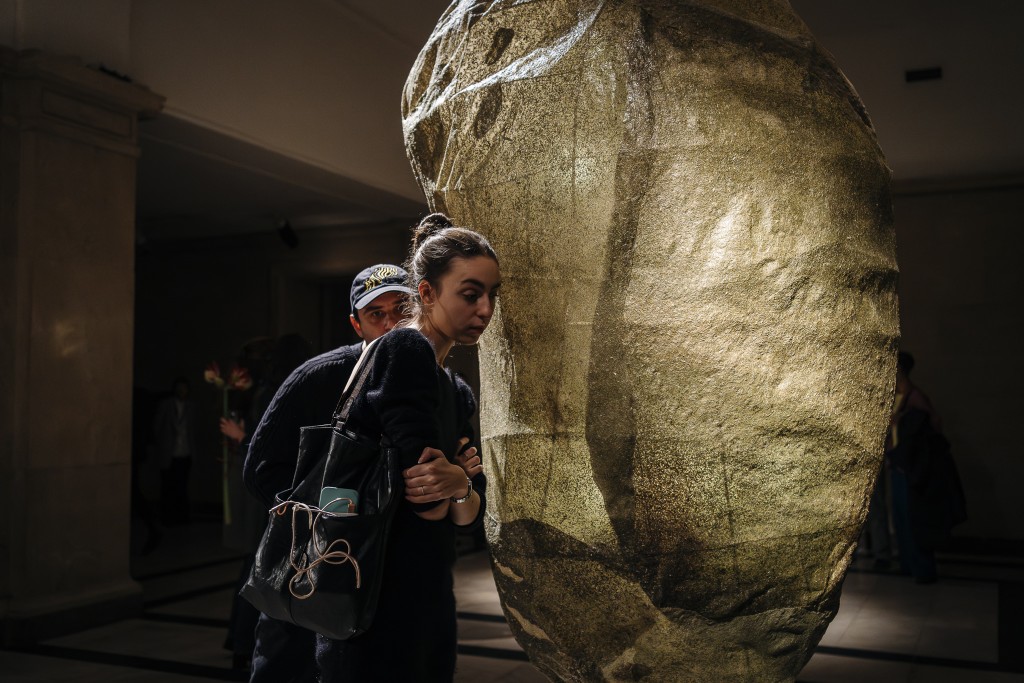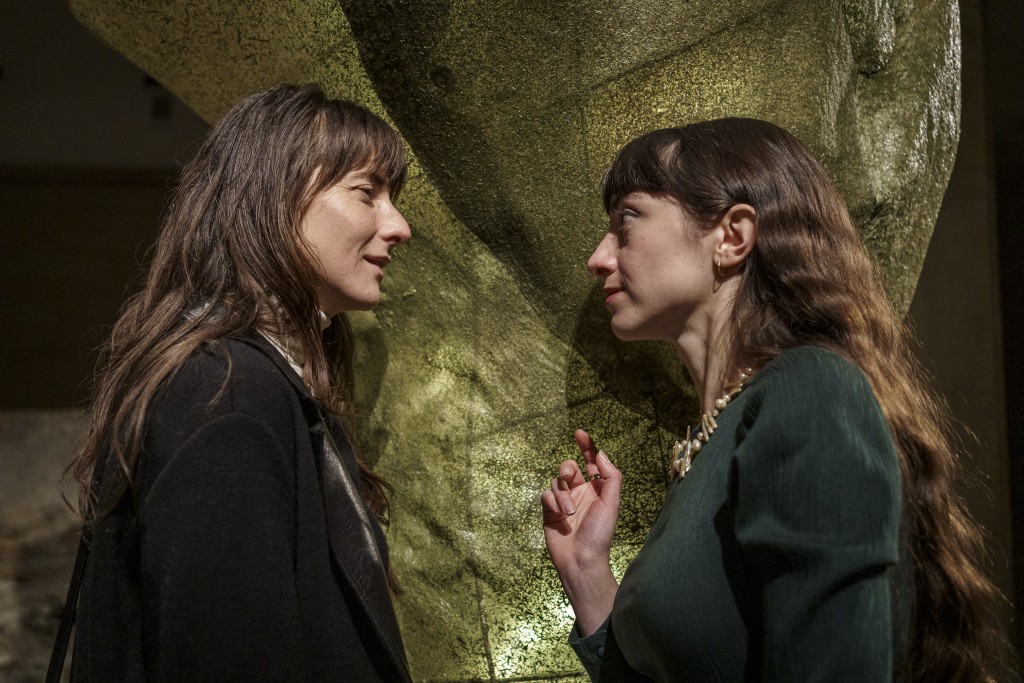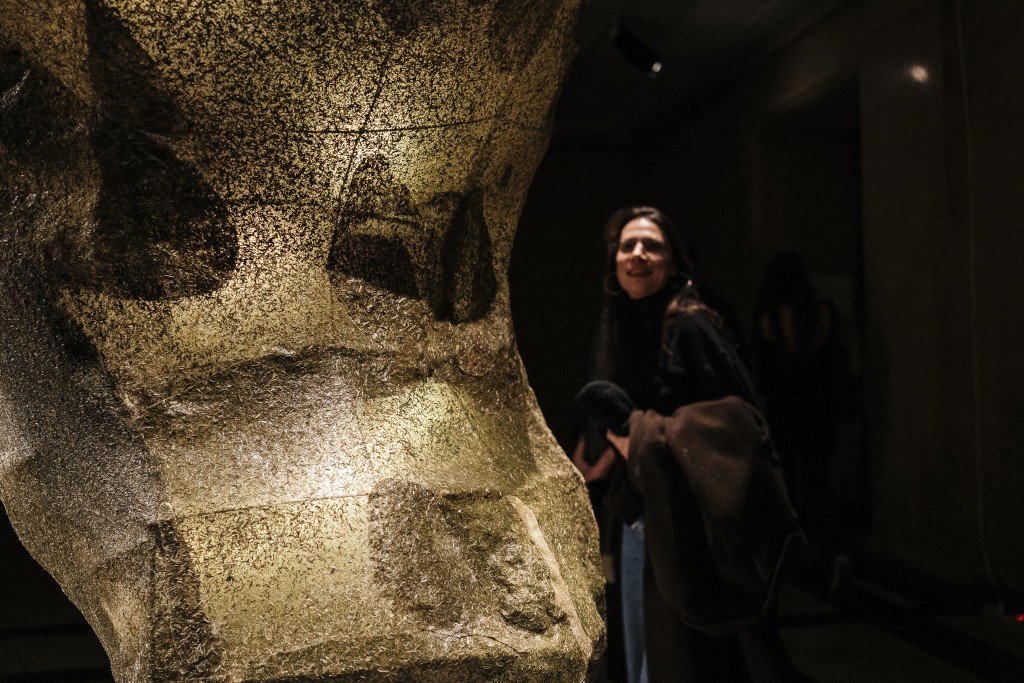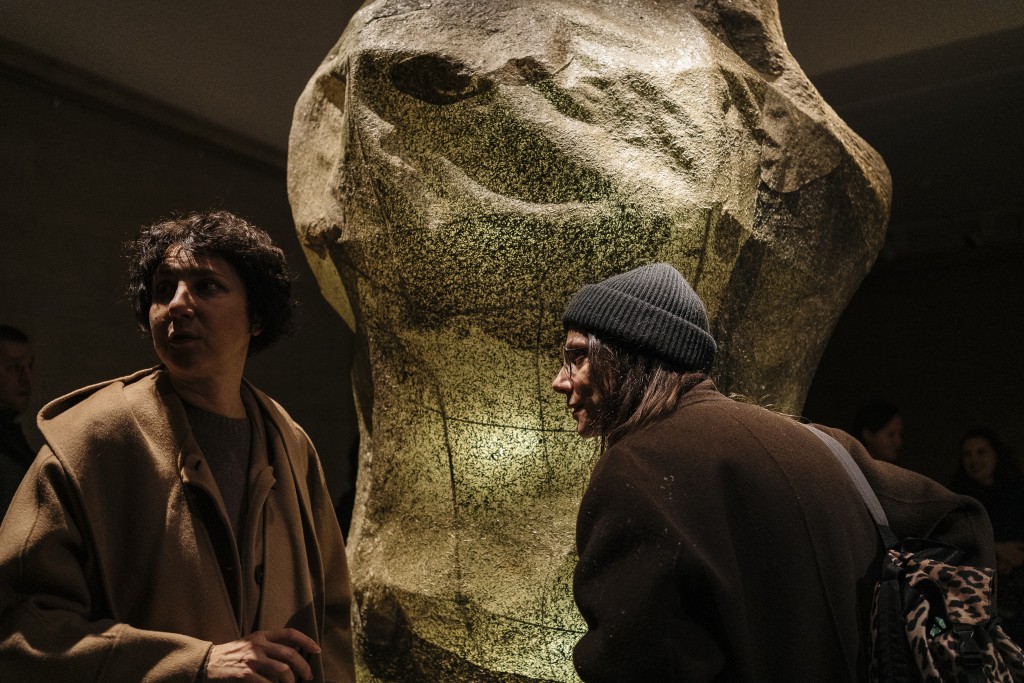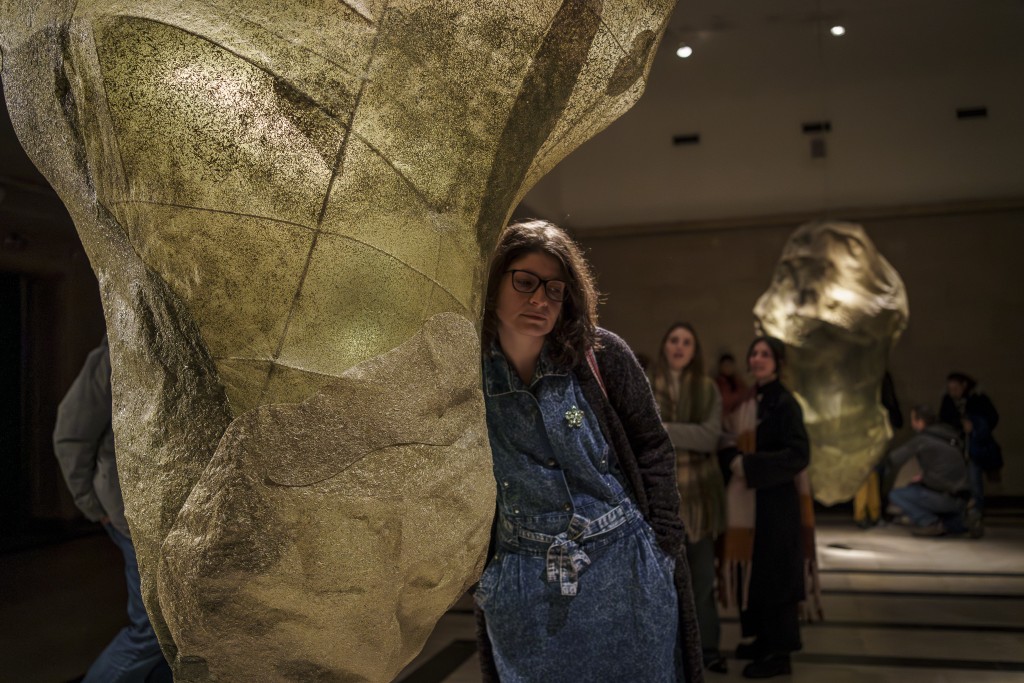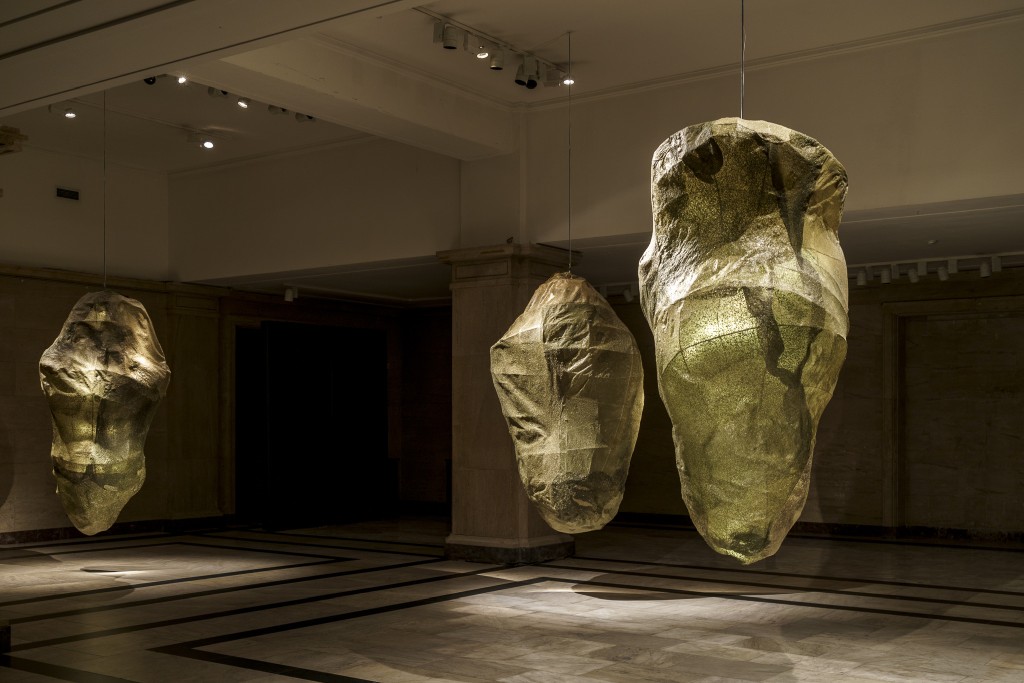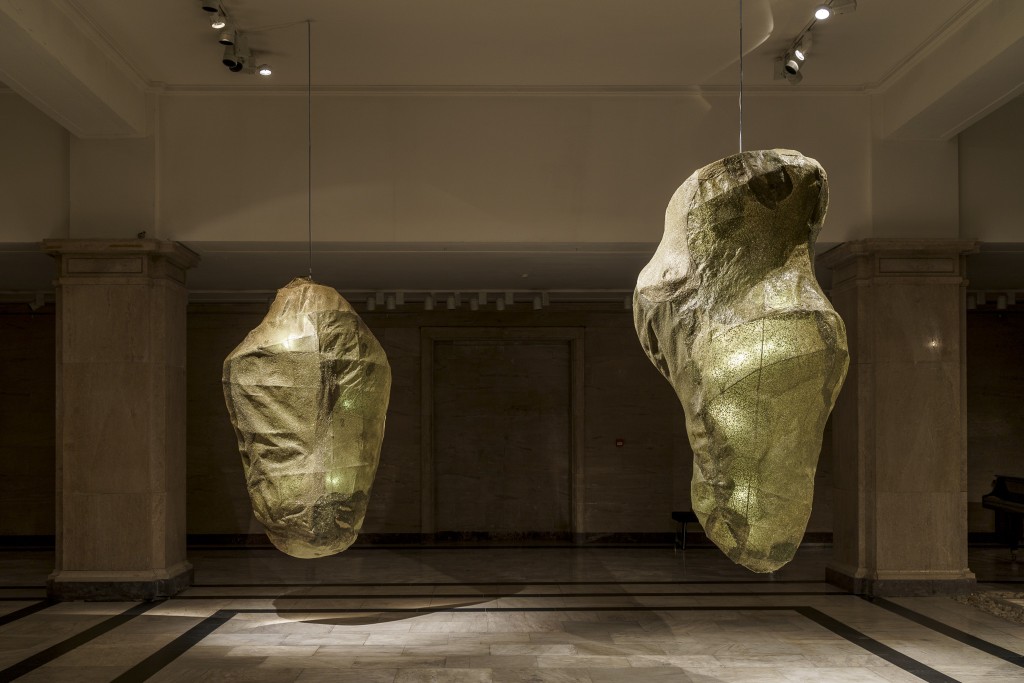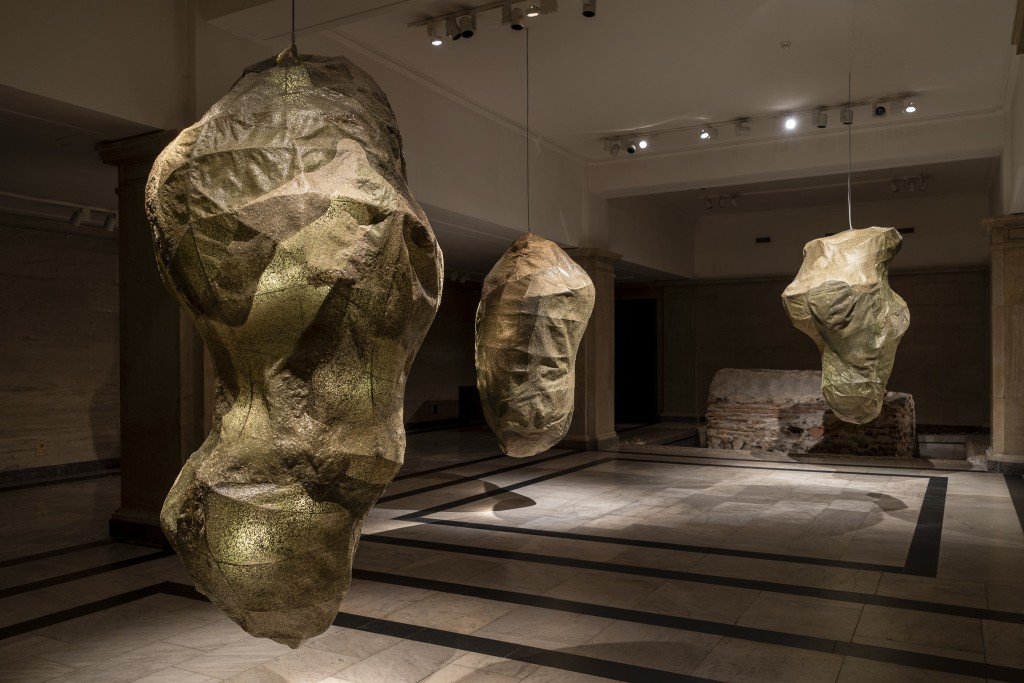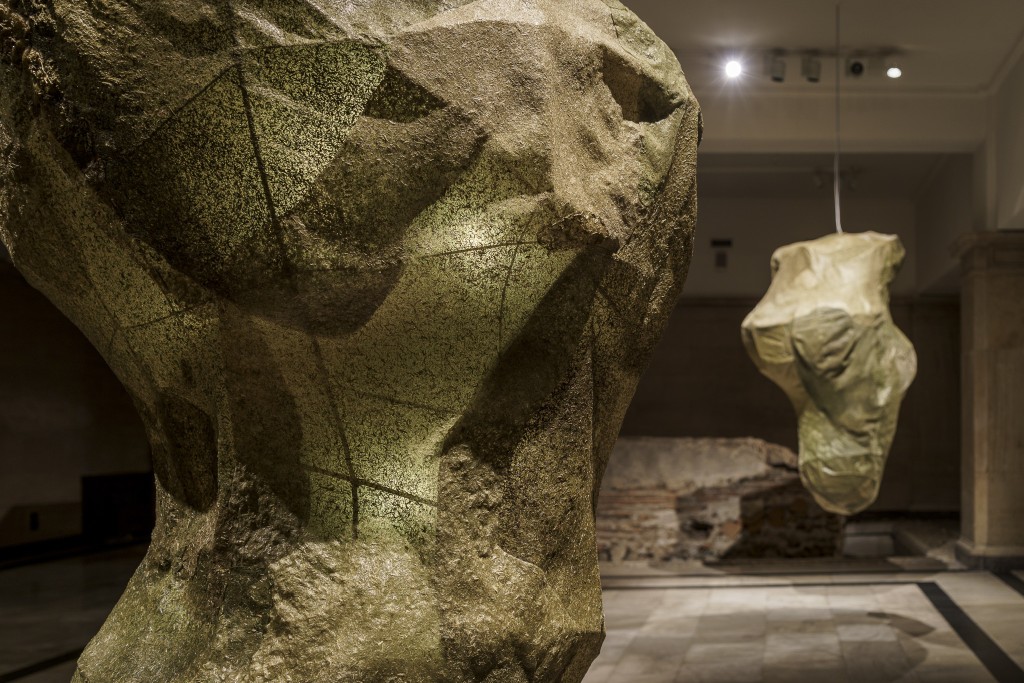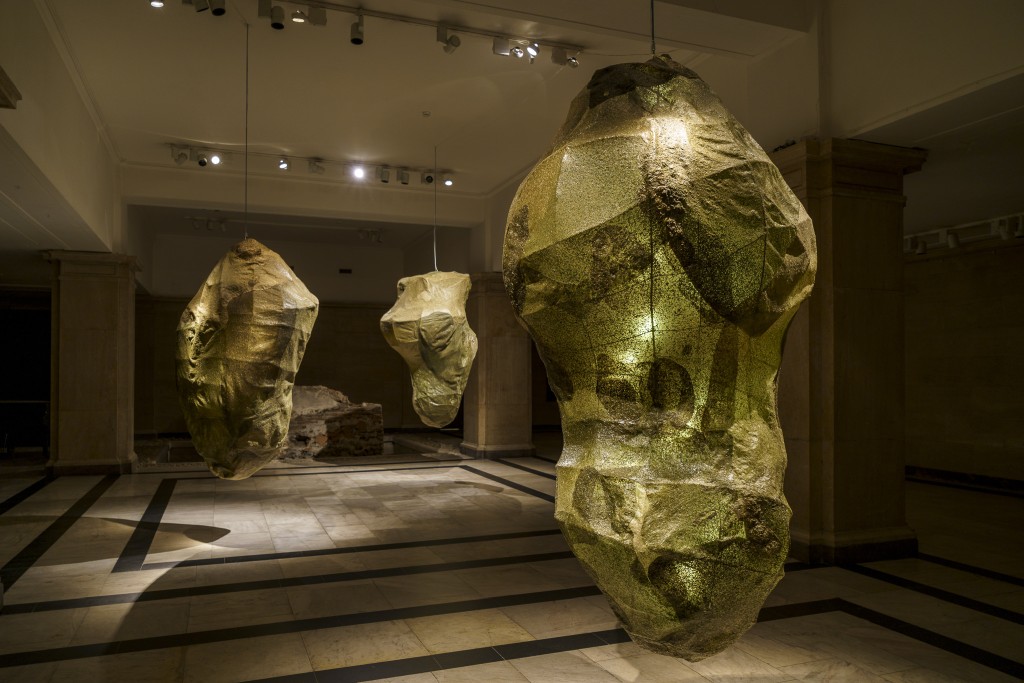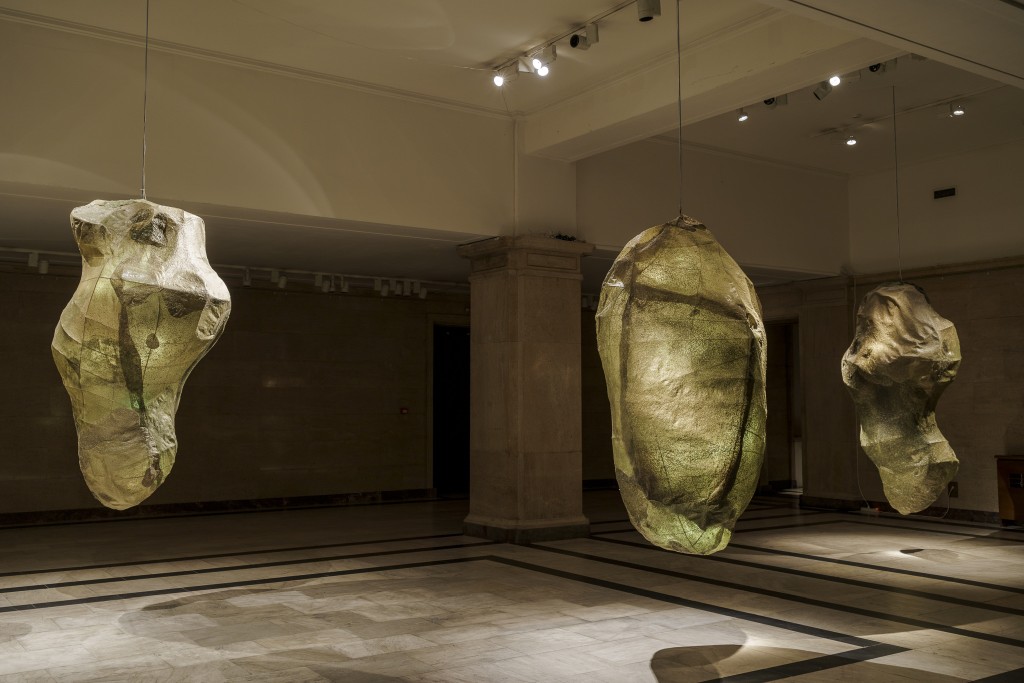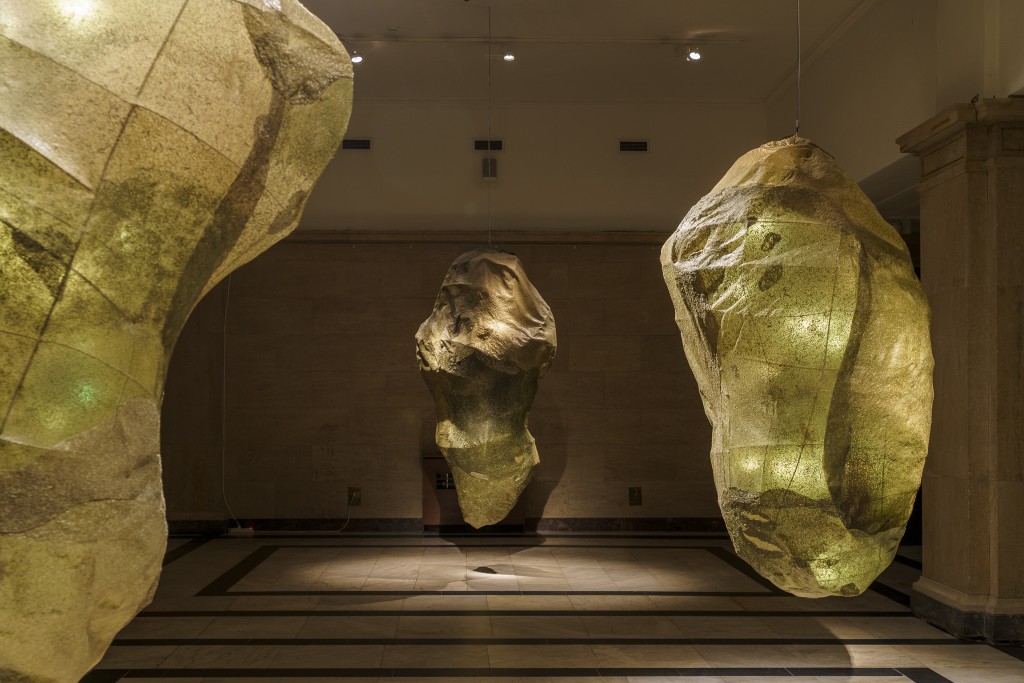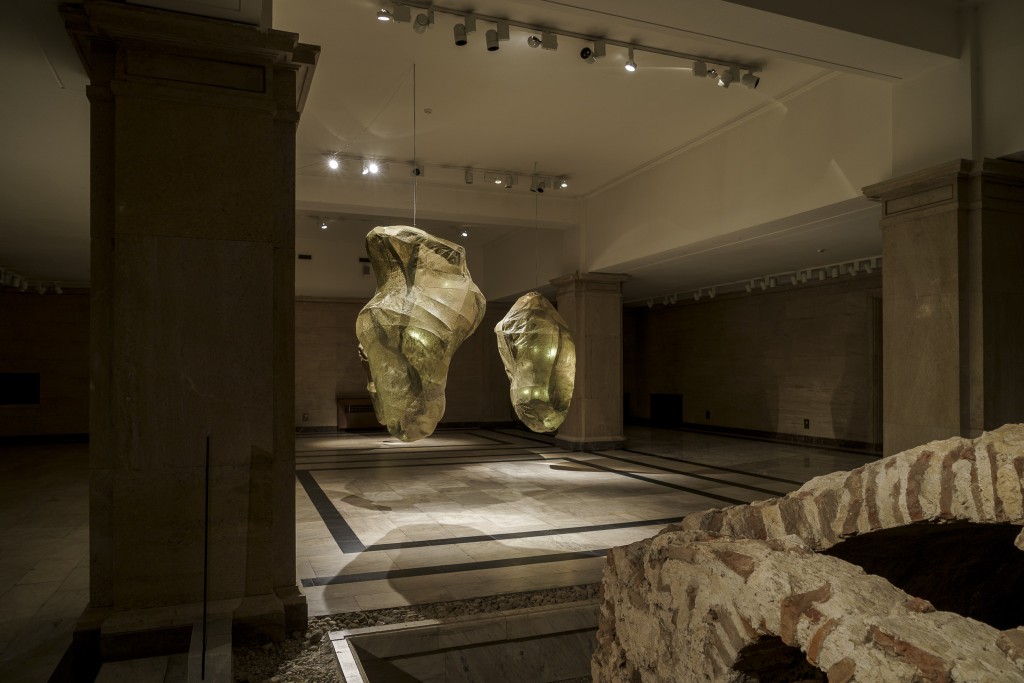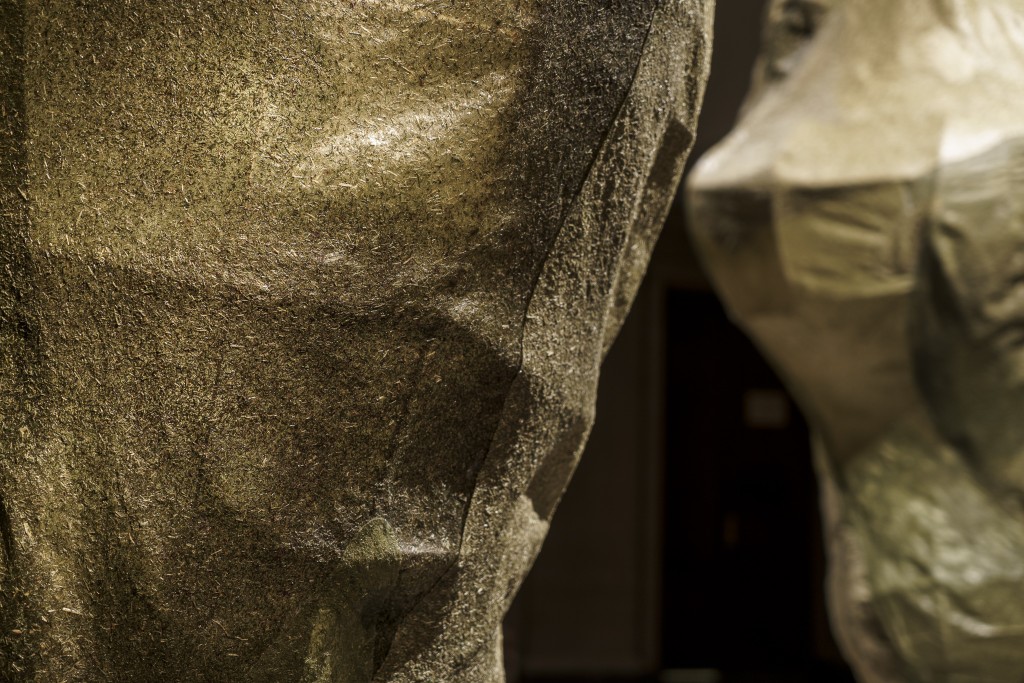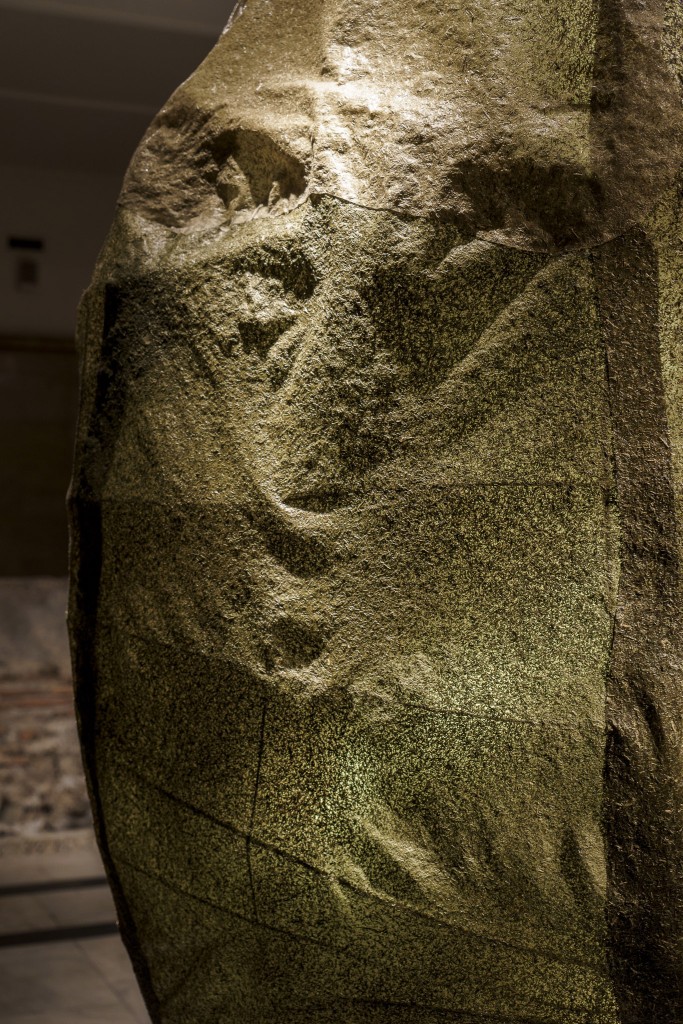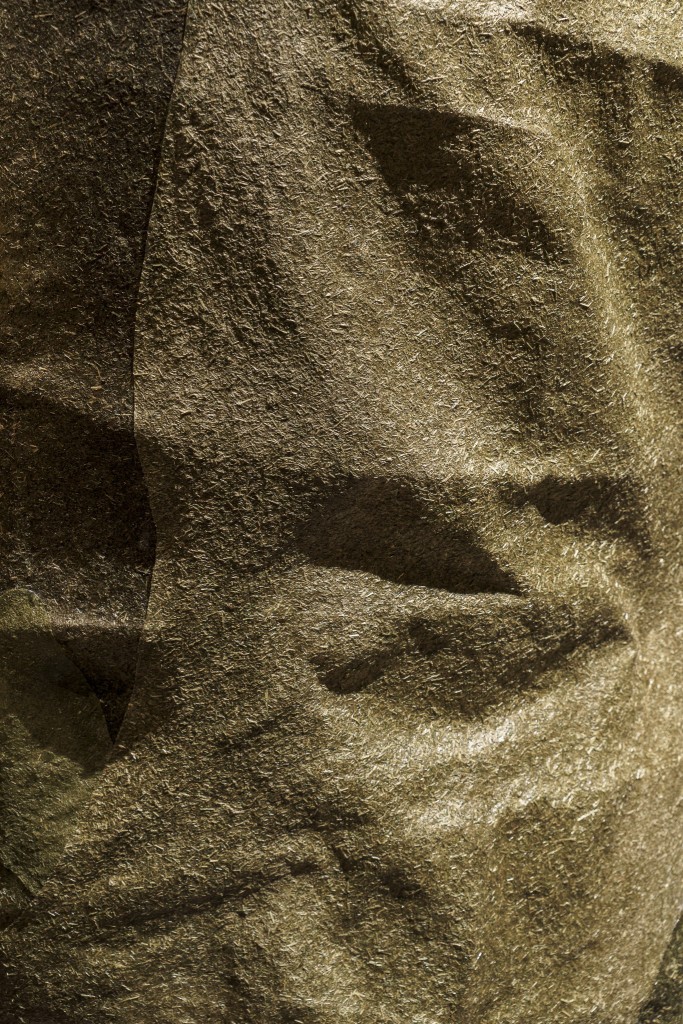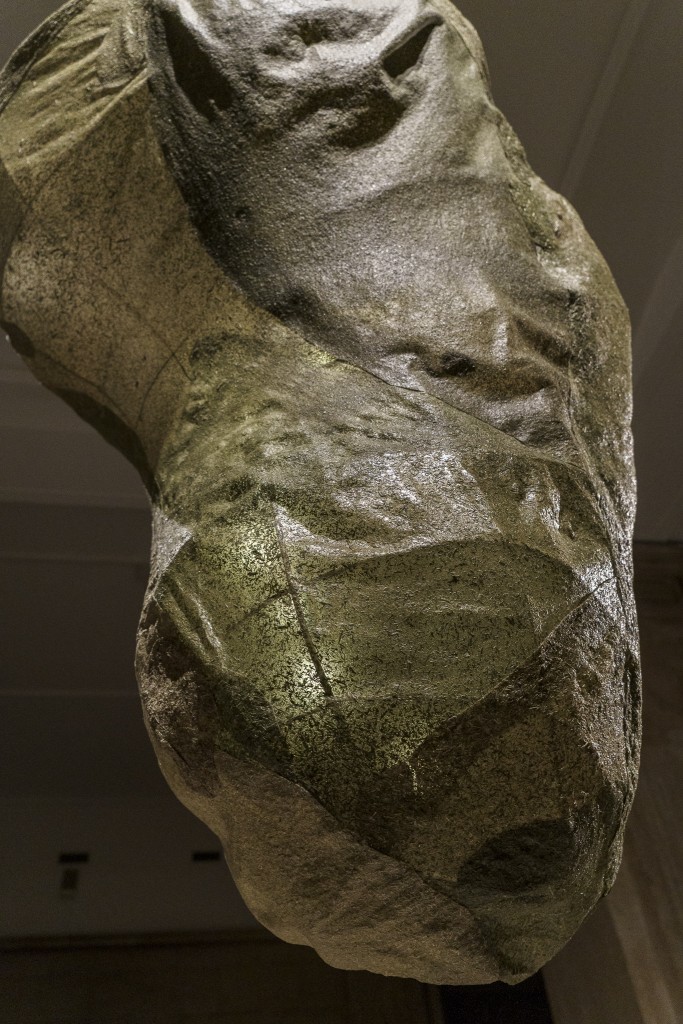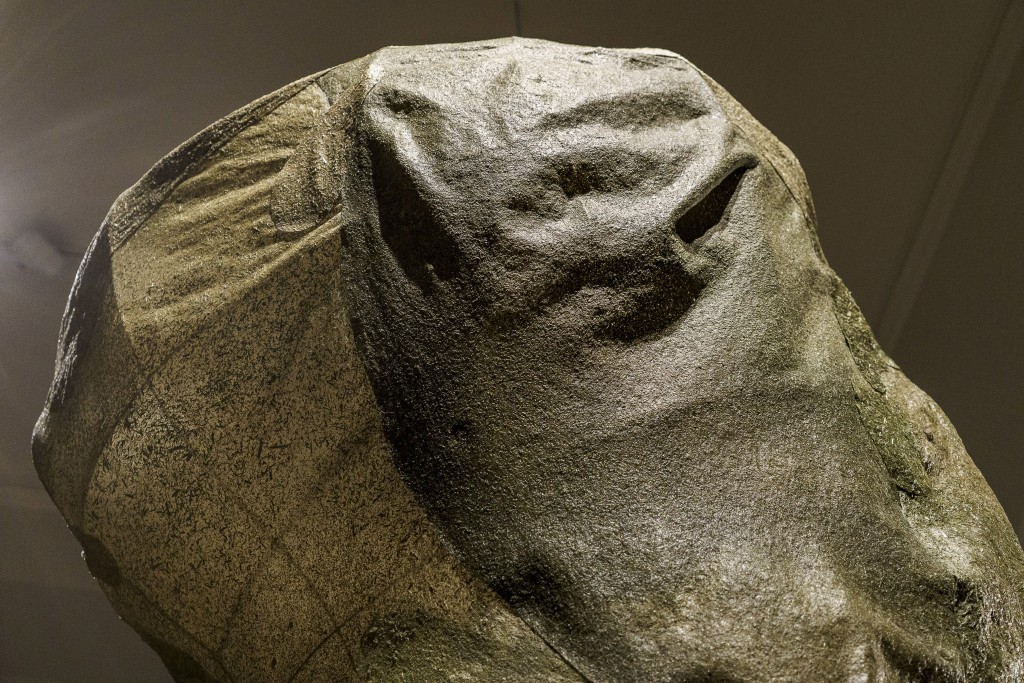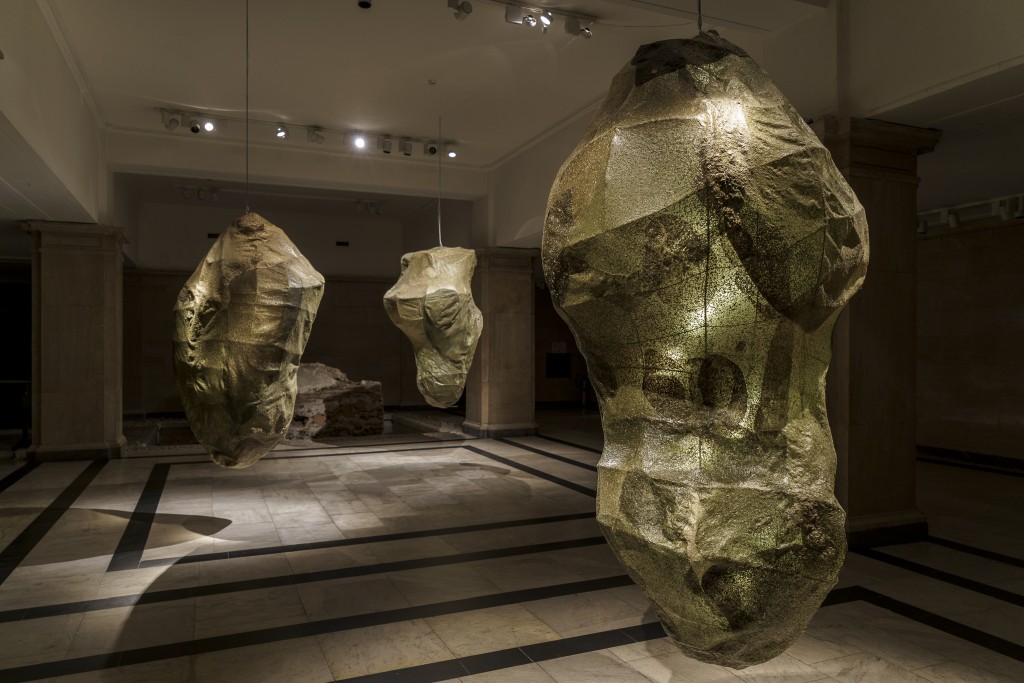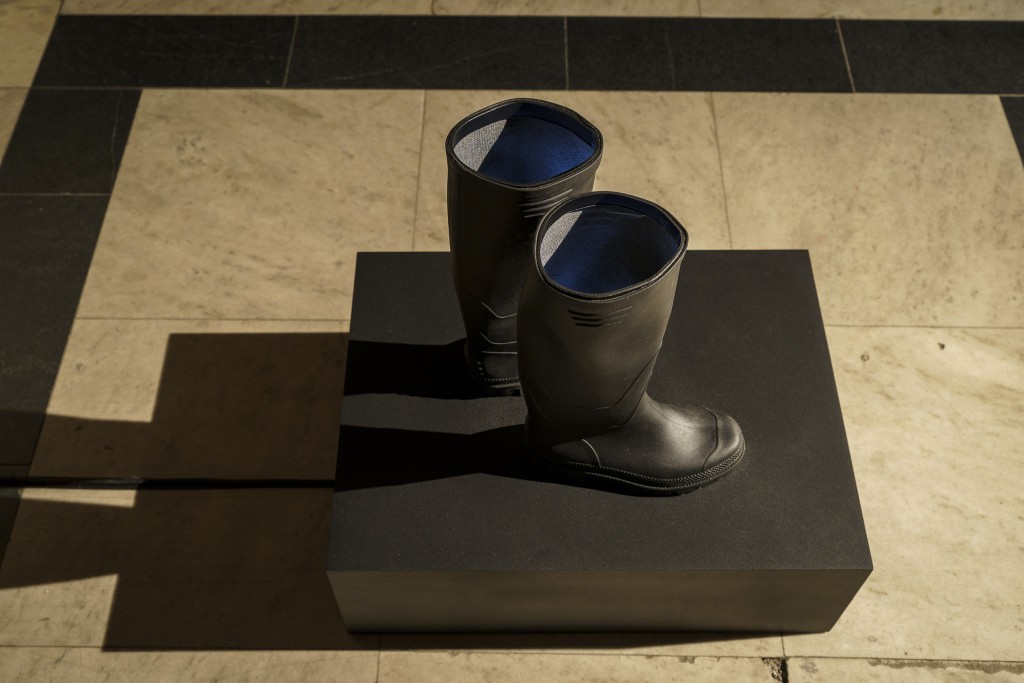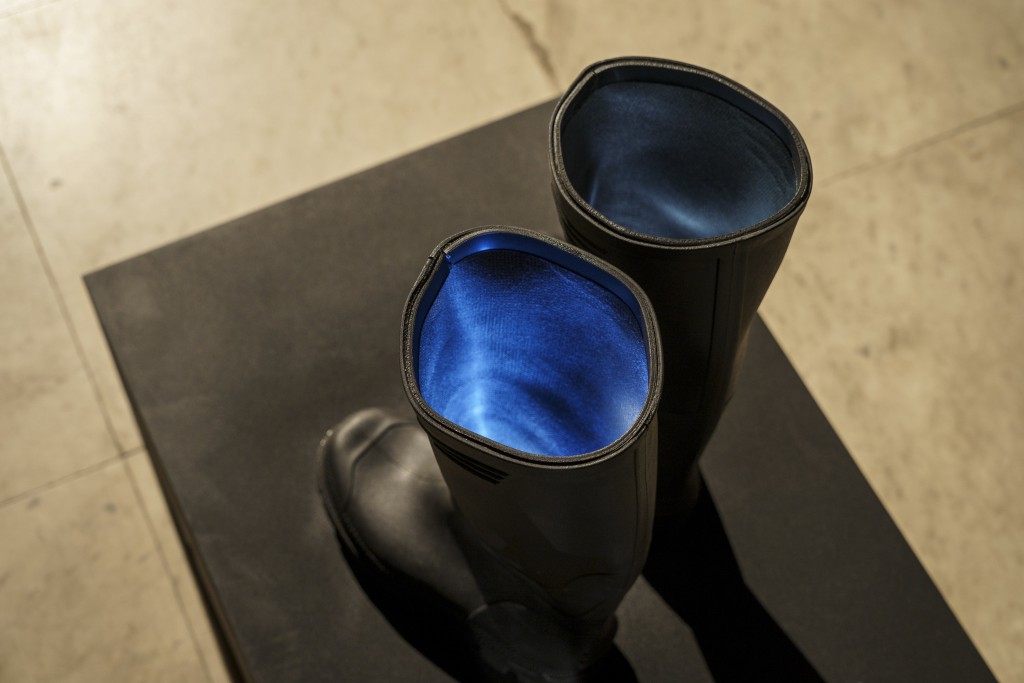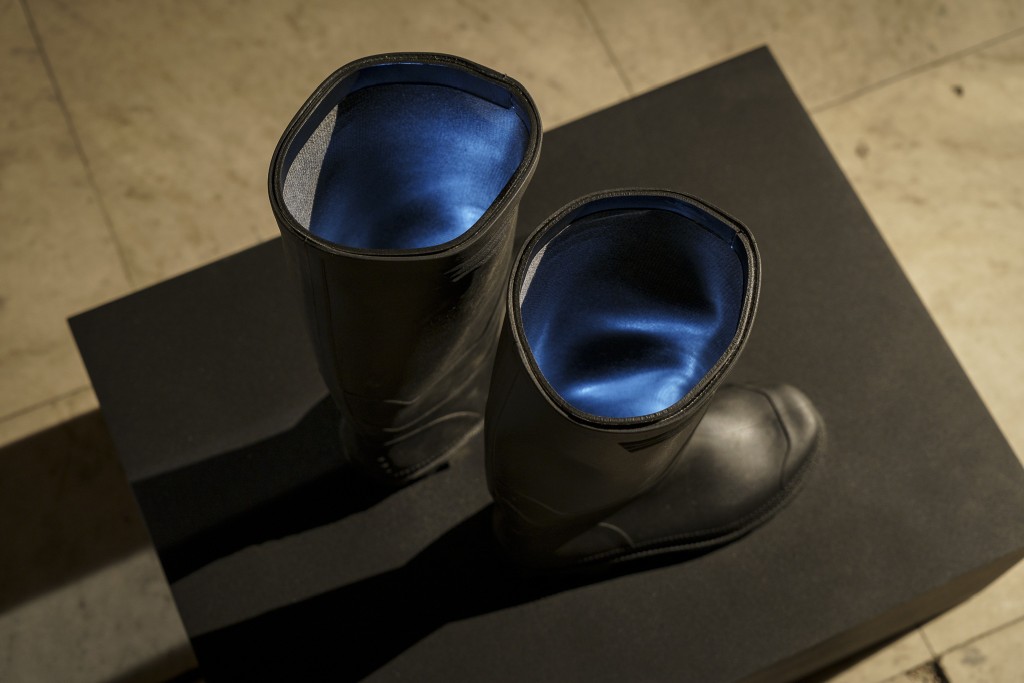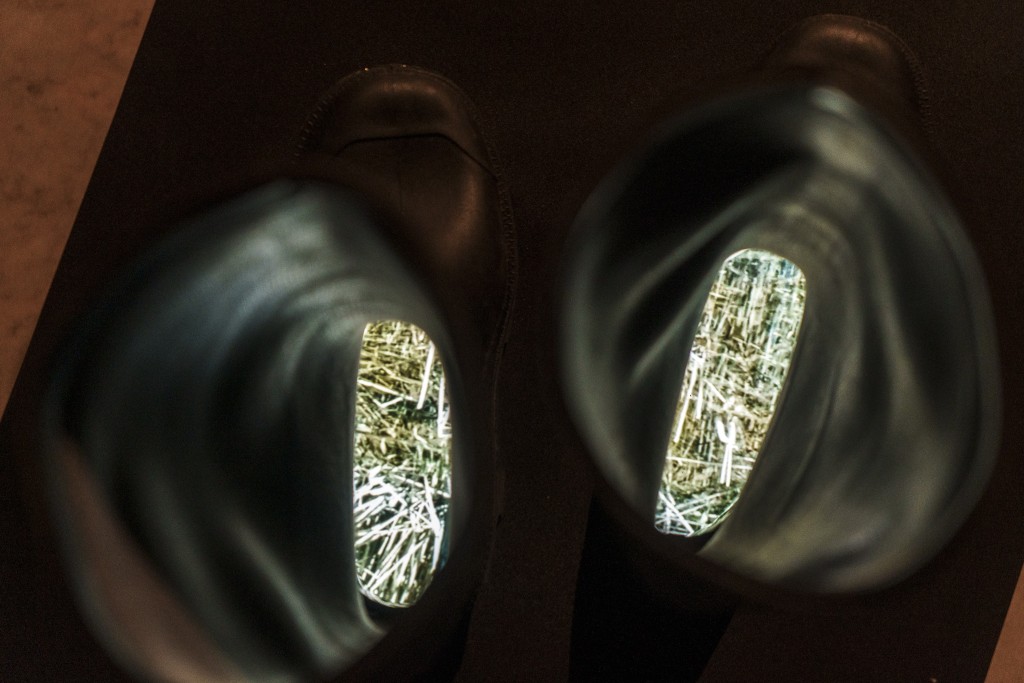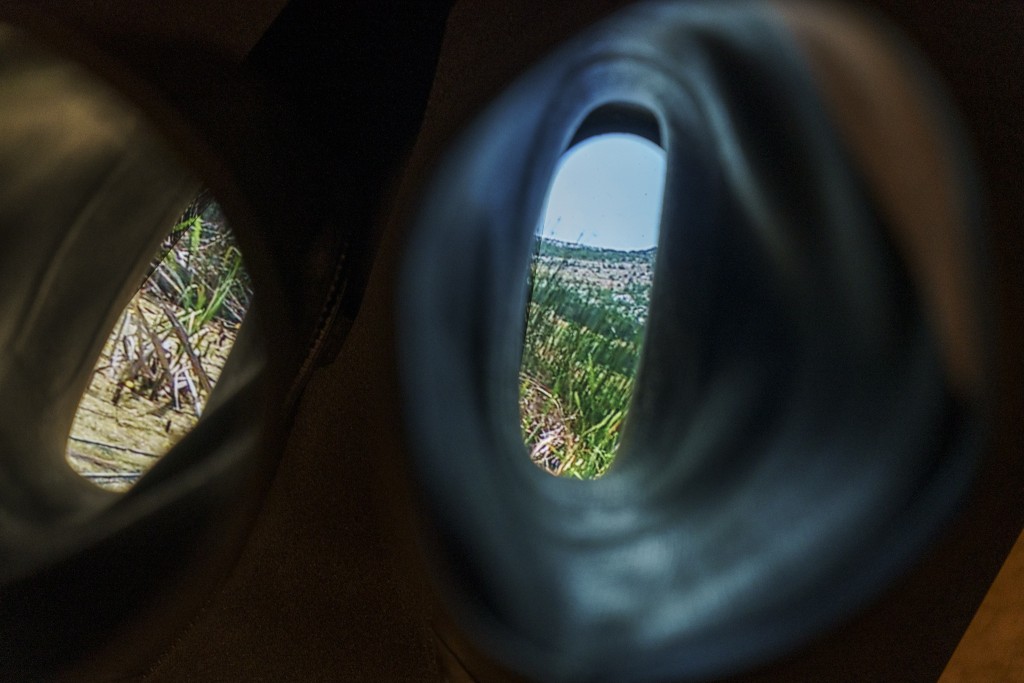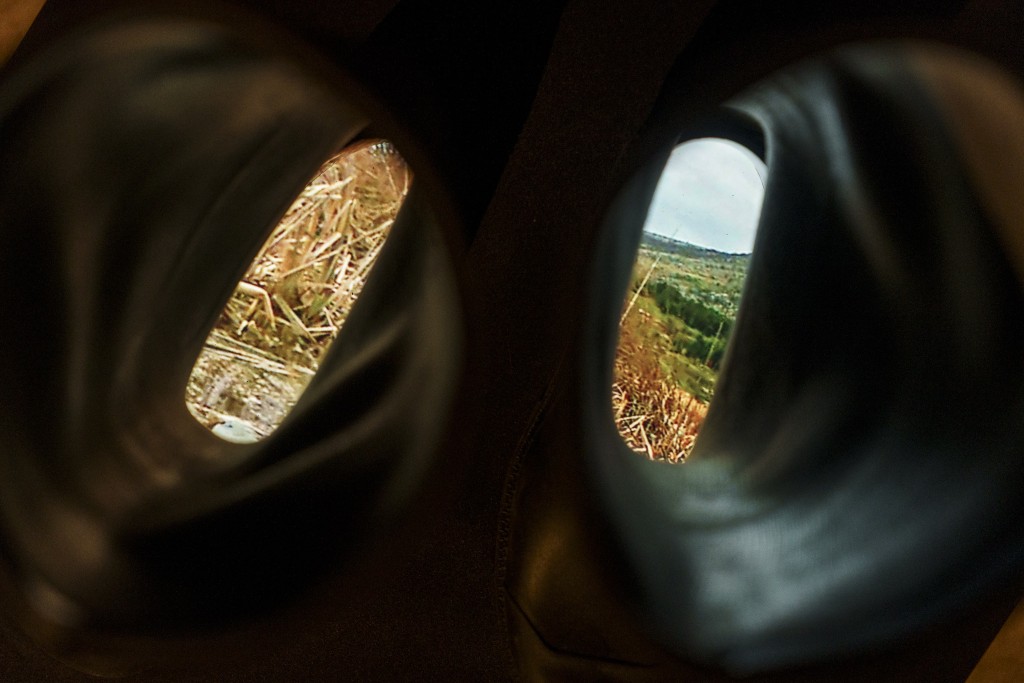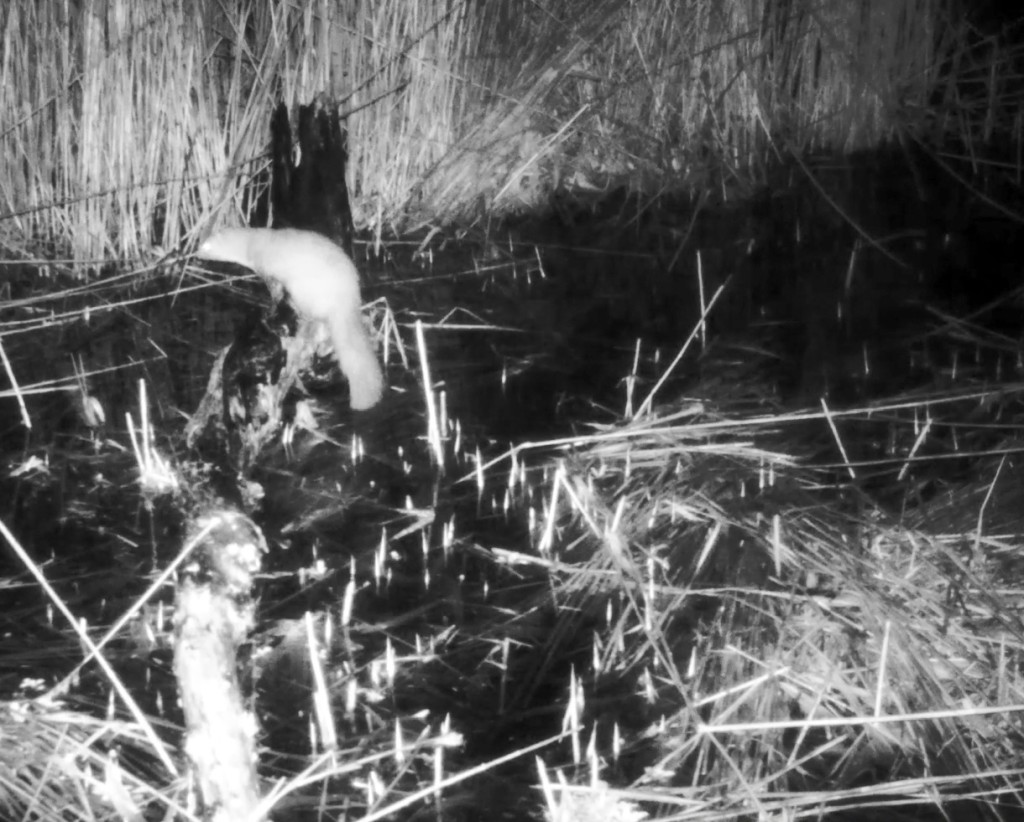Paradise Marsh, 2023
solo exhibition
curator: Martina Yordanova
National Gallery, Kvadrat 500 - Sofia, Bulgaria, 14.11.2023 – 11.02.2024
The exhibition is initiated thanks to the invitation by Iara Boubnova.
Production team:
Georgi Rayzhekov and Stefan Domuzov: production
BALKANI Wildlife Society, WWF Bulgaria, WaterLANDS Artist Residency Programme
Antoni Rayzhekov: sound and light design
Simeon Yanchev, Robotev: hardware
The Collective, Antonia Dimitrova and Business Park Open Atelier Program
Petar Rayzhekov and Studio Orpheus
Photos by Kalin Serapionov, Maria Nalbantova, Martina Yordanova, Stefan Domuzov, Atanas Giew
The exhibition Paradise Marsh draws us into the territory of the marshland as an artistic metaphor, but also as an ecosystem where all its inhabitants are continuously connected, maintaining or changing the state of the wetland environment and its future.
Maria Nalbantova was inspired by the artistic residency program at the Dragoman Marsh, with the WaterLands project, for which she had been selected in 2023. She explored the intertwined existence of the variety of biological species inhabiting this protected area and questions our established perception of the concept of wetlands, introducing us literally and figuratively to an unexpected and unfamiliar matter. A marsh that synthesises, generates and reflects, breathes and multiplies, clogs, entrains and rots.
With a pronounced sensitivity to spaces, shaped by sculptural physicality and a sense of purity, tranquillity, harmony, balance and experiment, Nalbantova confronts social reality and hints at our attitude towards the surrounding environment and the care and responsibility we bear by existing.
The three sculptural objects in the centre of the gallery are composed of reeds, carefully harvested and collected by the artist when the ecosystem of the Dragoman Marsh allows such actions. Subsequently, the plant matter was subjected to a labour-intensive treatment and complex organic processes, until it reaches this transparent and mysterious biomatter resembling the skin of embryos that seem about to develop and become living creatures. As if in opposition to the 4th-century Roman tomb permanently displayed in the chamber, or as its natural extension: for where there is death, there has been and will continue to be life. The light and sound emanating from these spatial objects form another "living" element of the organic matter created by the artist. Their presence challenges our sensitivity to the exhibition environment and raises the question: what is it that we are looking at?
"Certain Aspects of Unsteady Walking", a work shown in the smaller gallery, accelerates our orientation in the marsh and alludes to natural everyday life, when humans are absent. The boots in which the video installation is projected were used by the artist during her field research, and the video material itself is a sample of the photo traps set by the researchers of the Dragoman Marsh. Maria Nalbantova constantly explores the topic of ecological balance, so important to our common life, and presents a critical perspective on the present and the opportunities that open up before us with our every action or inaction.
For we are all floundering together in the marsh.
Video: Kalin Serapionov


